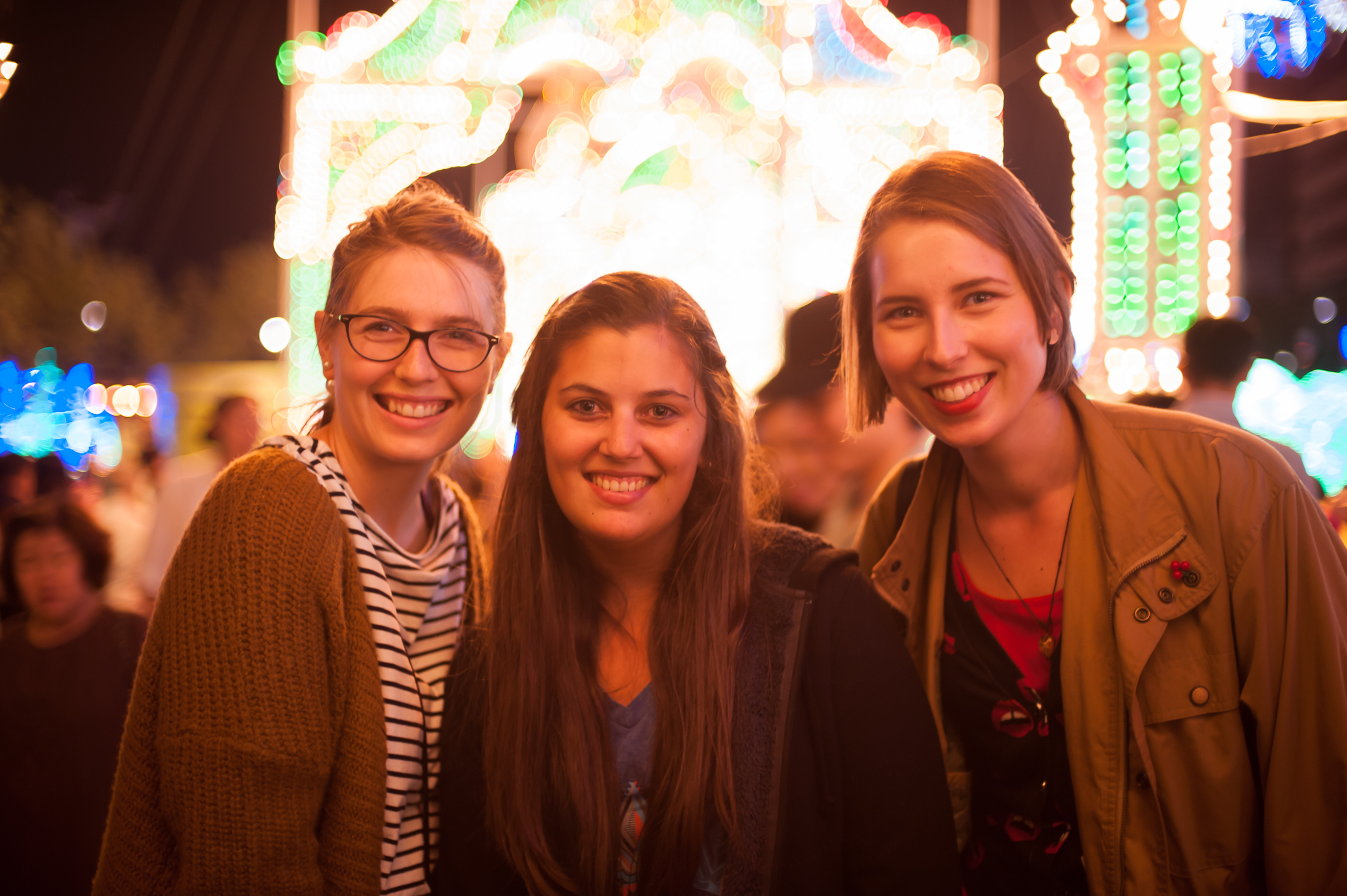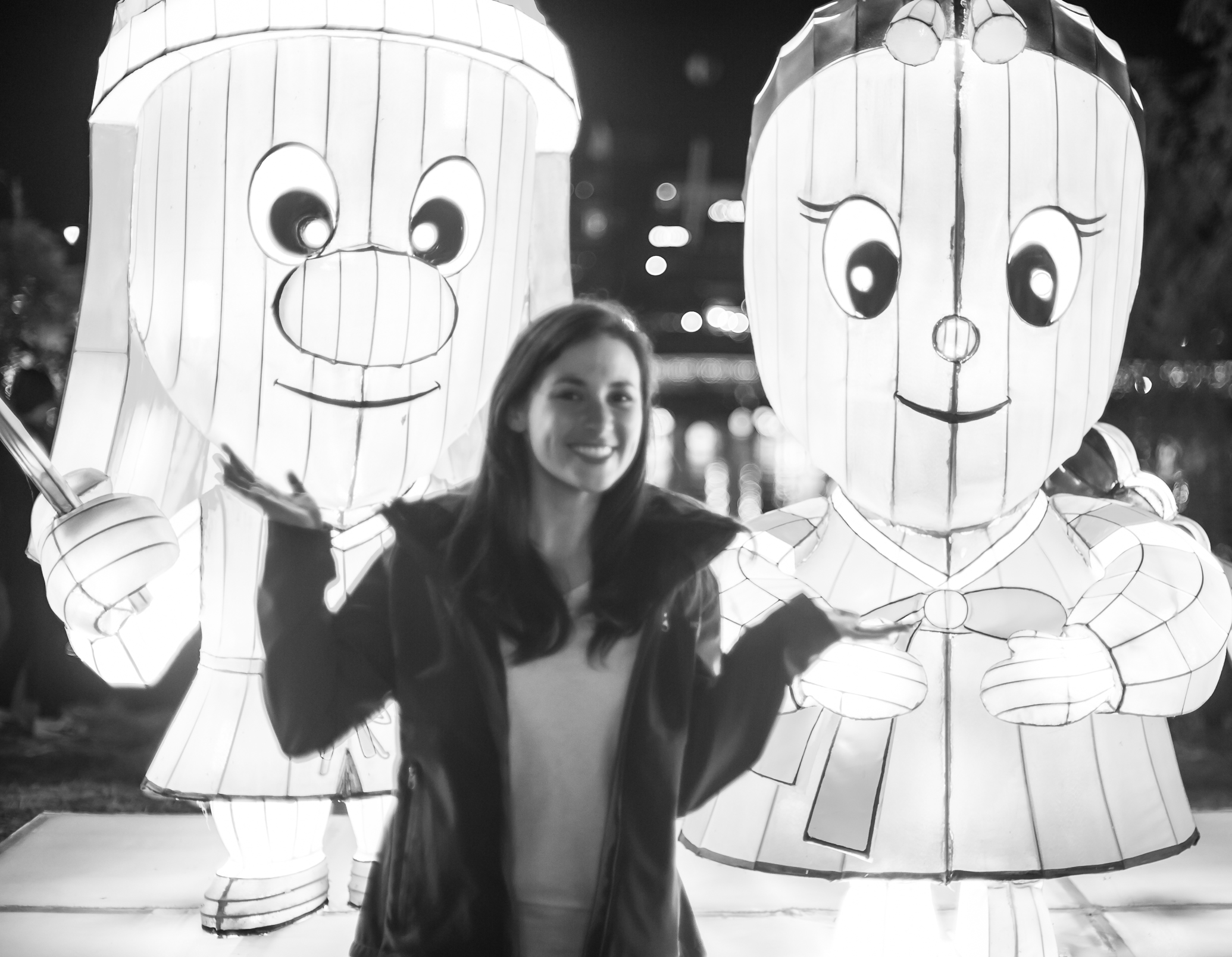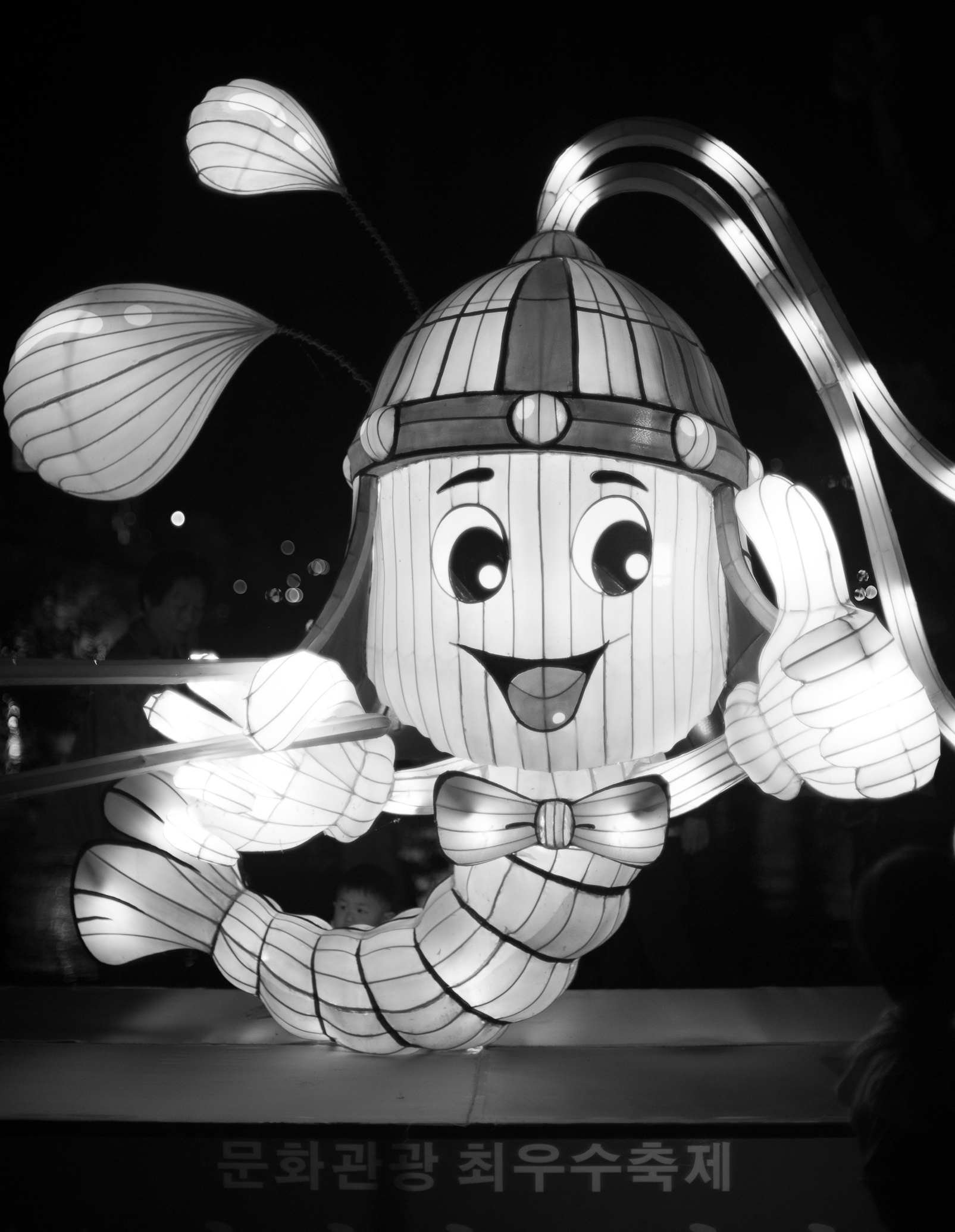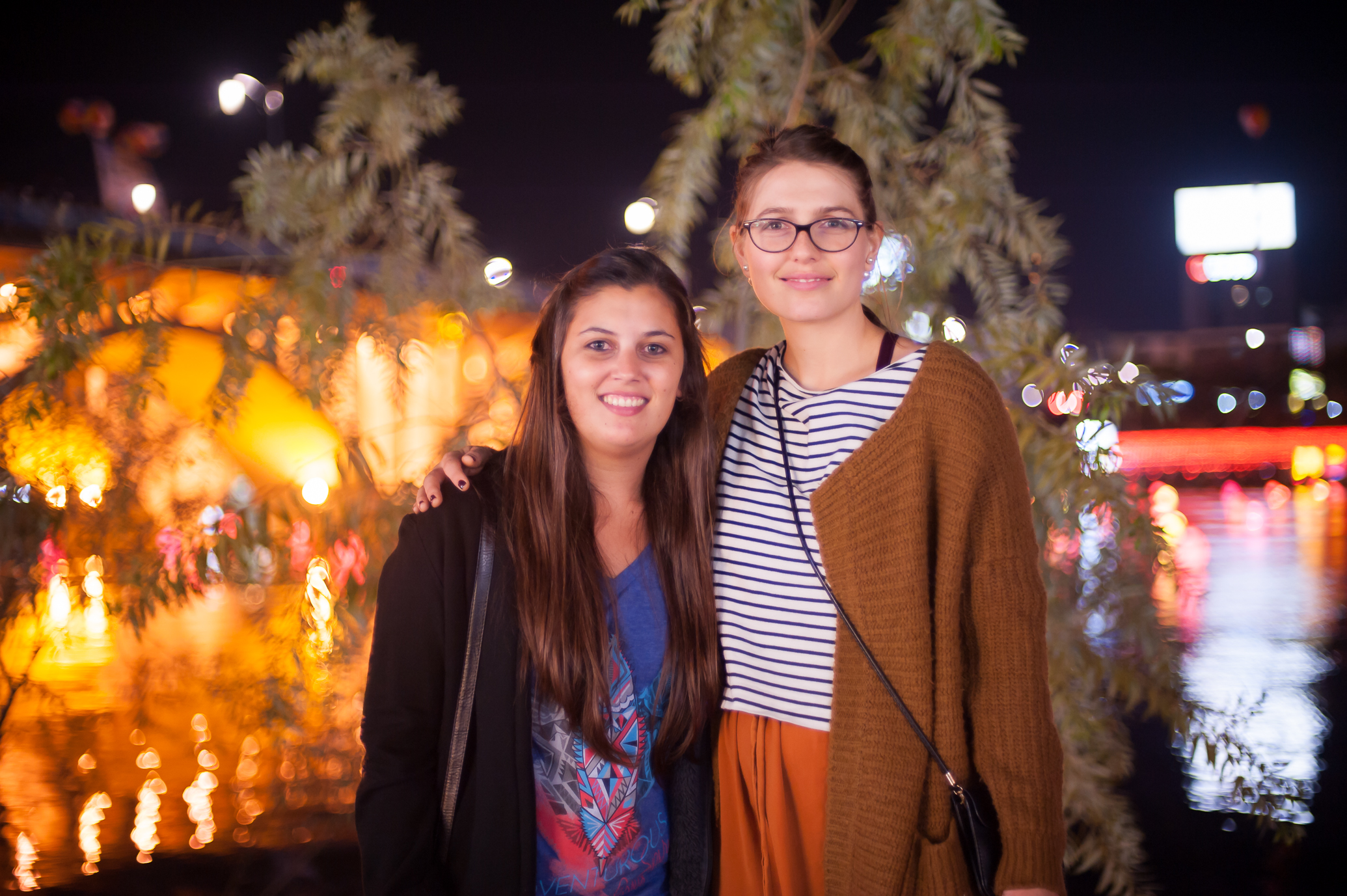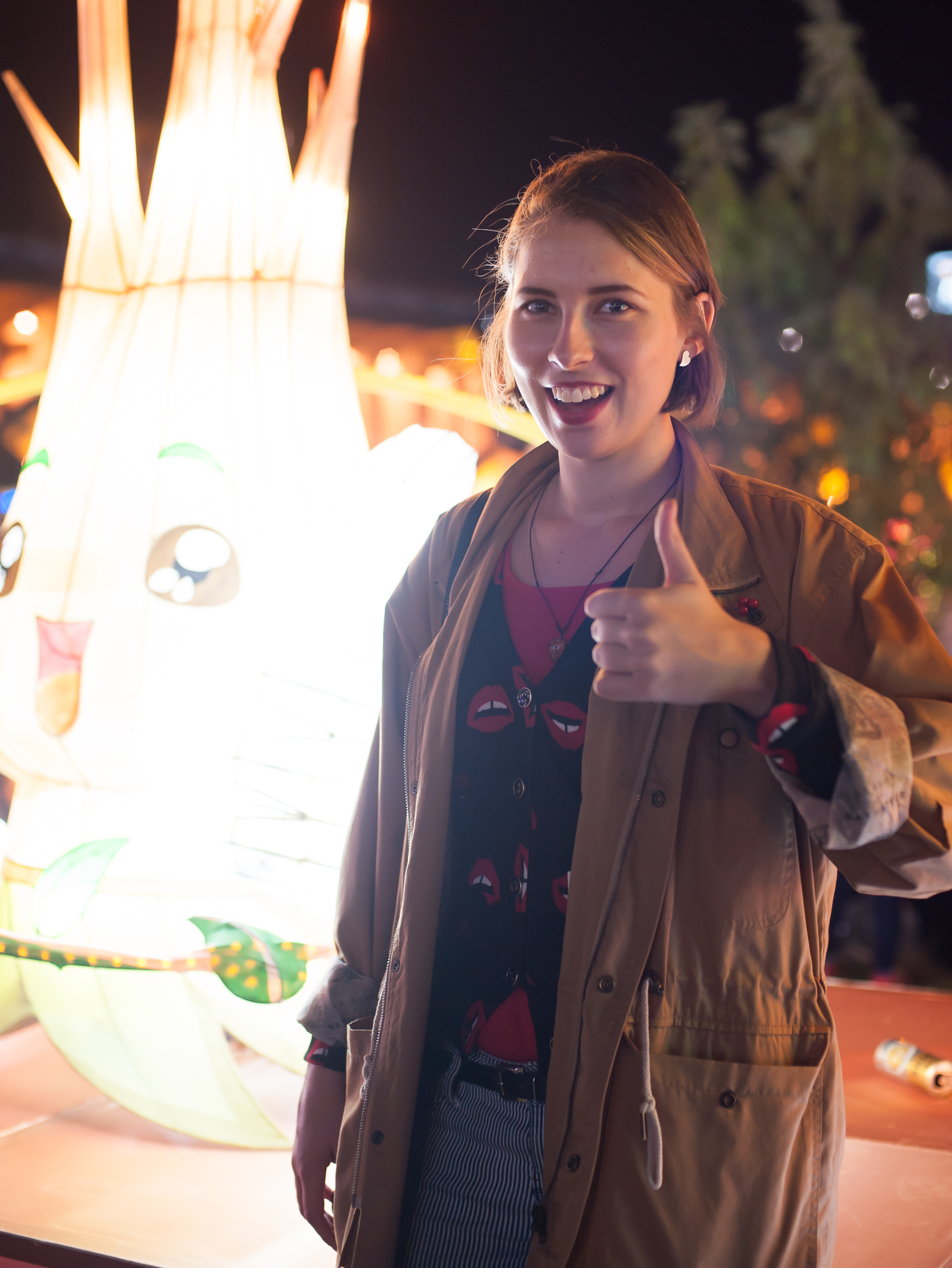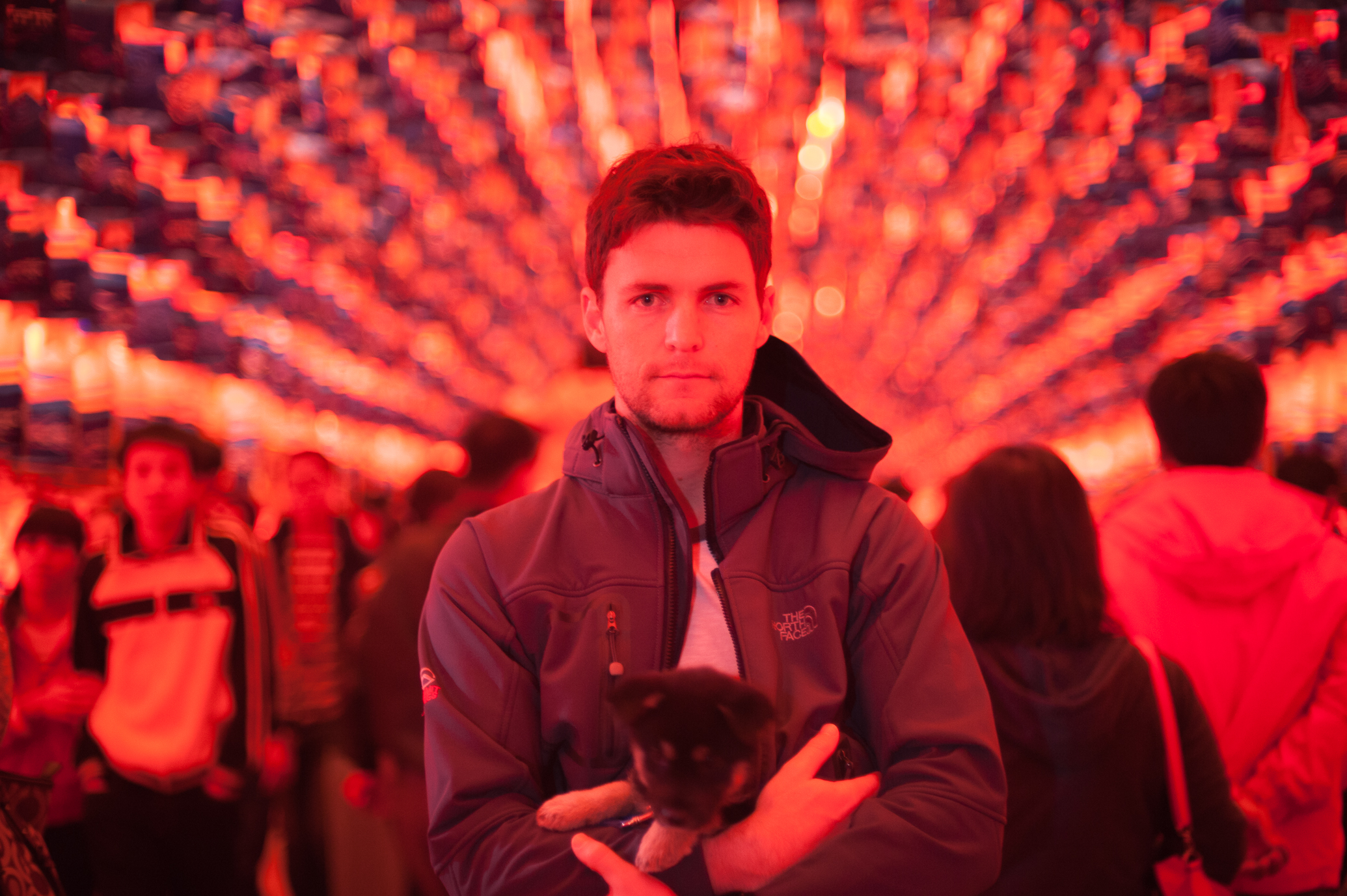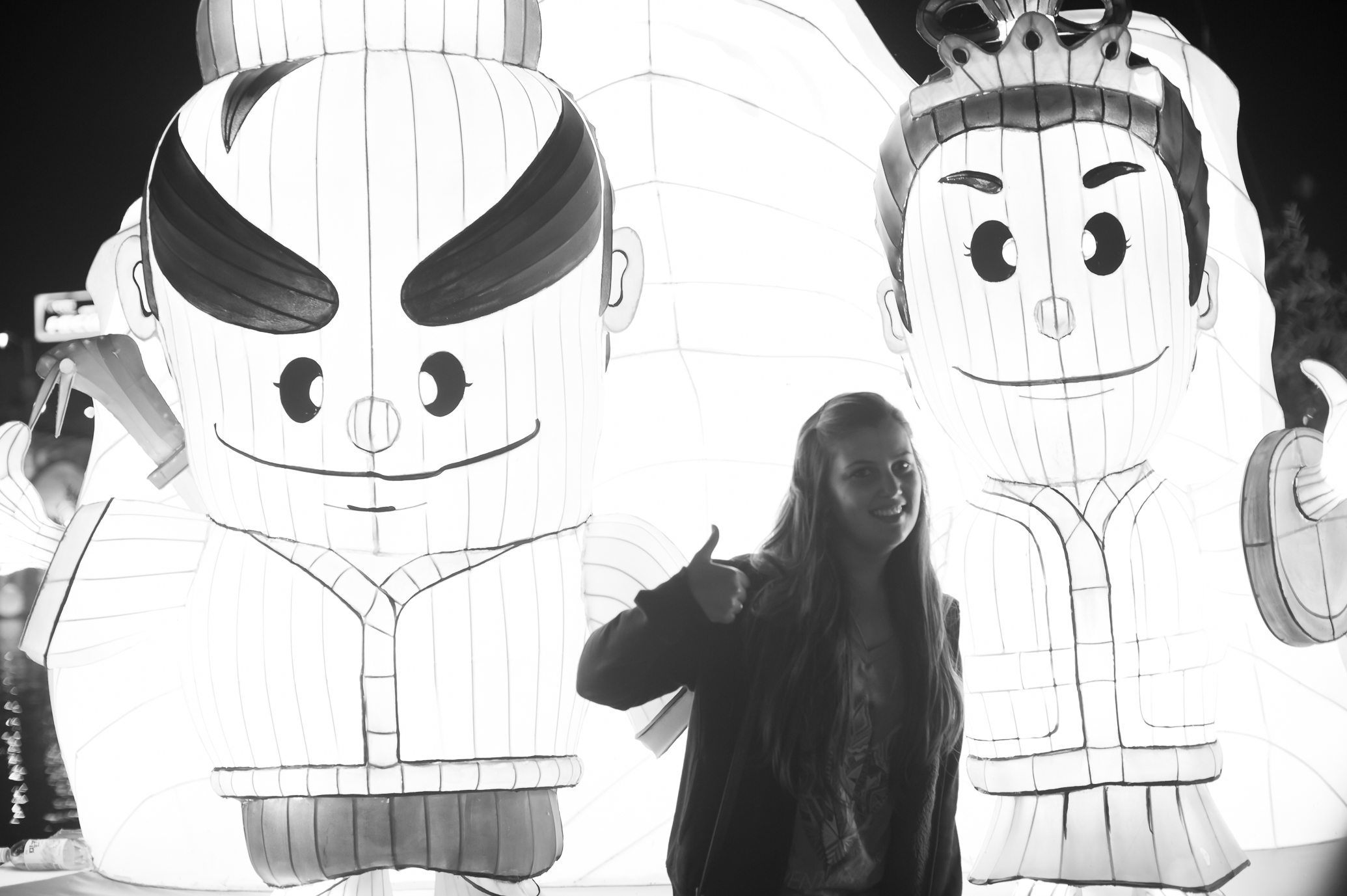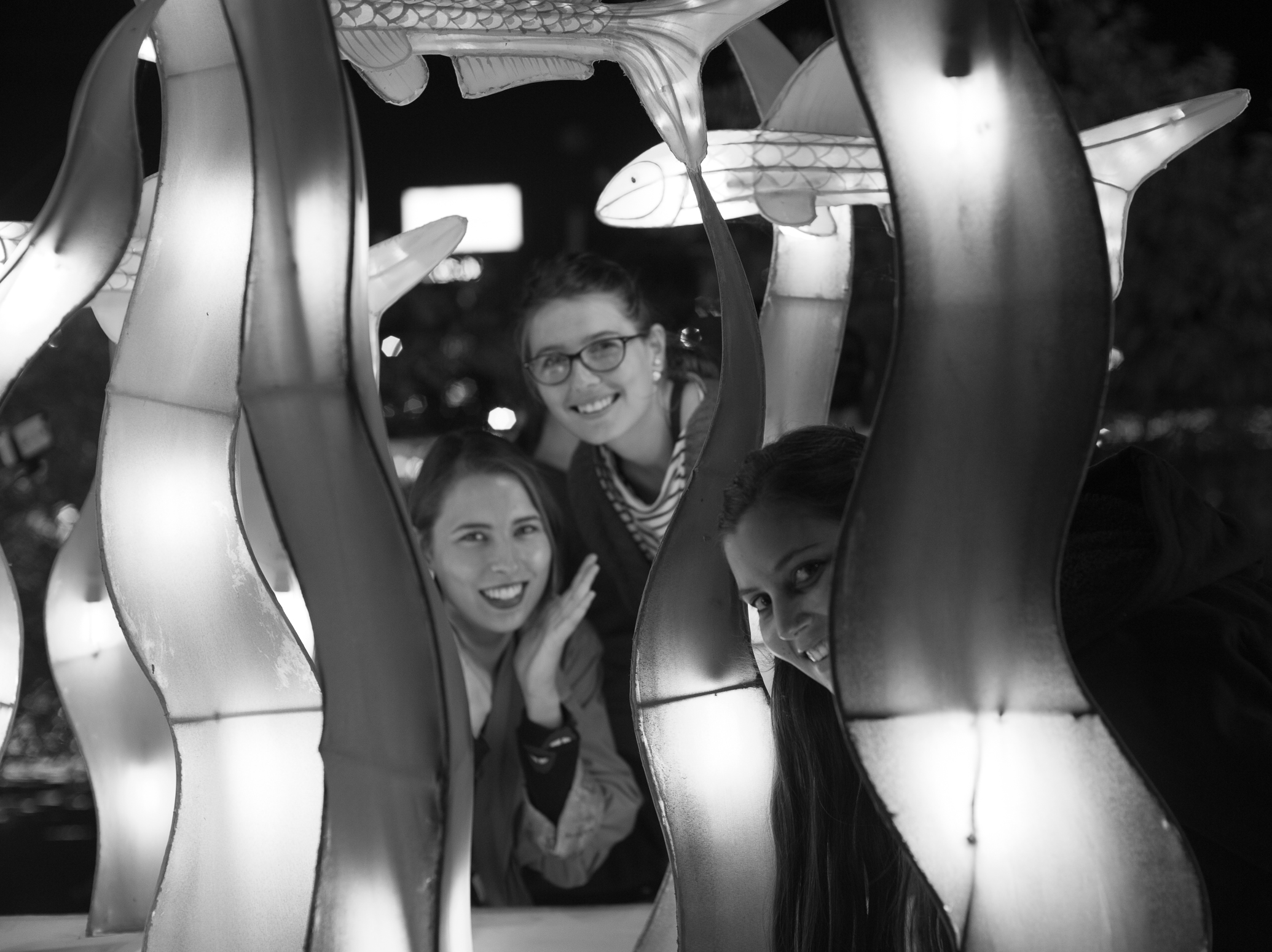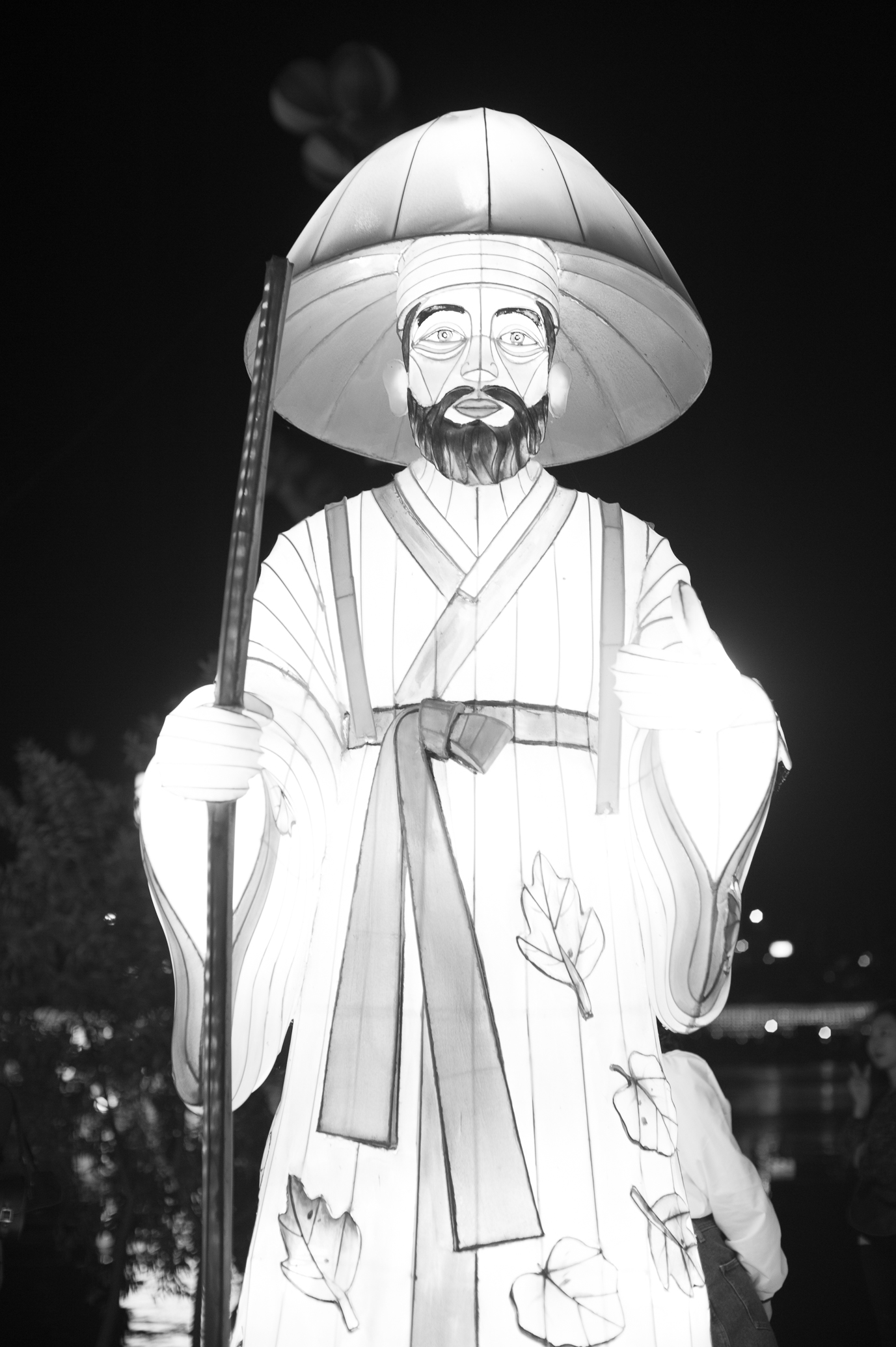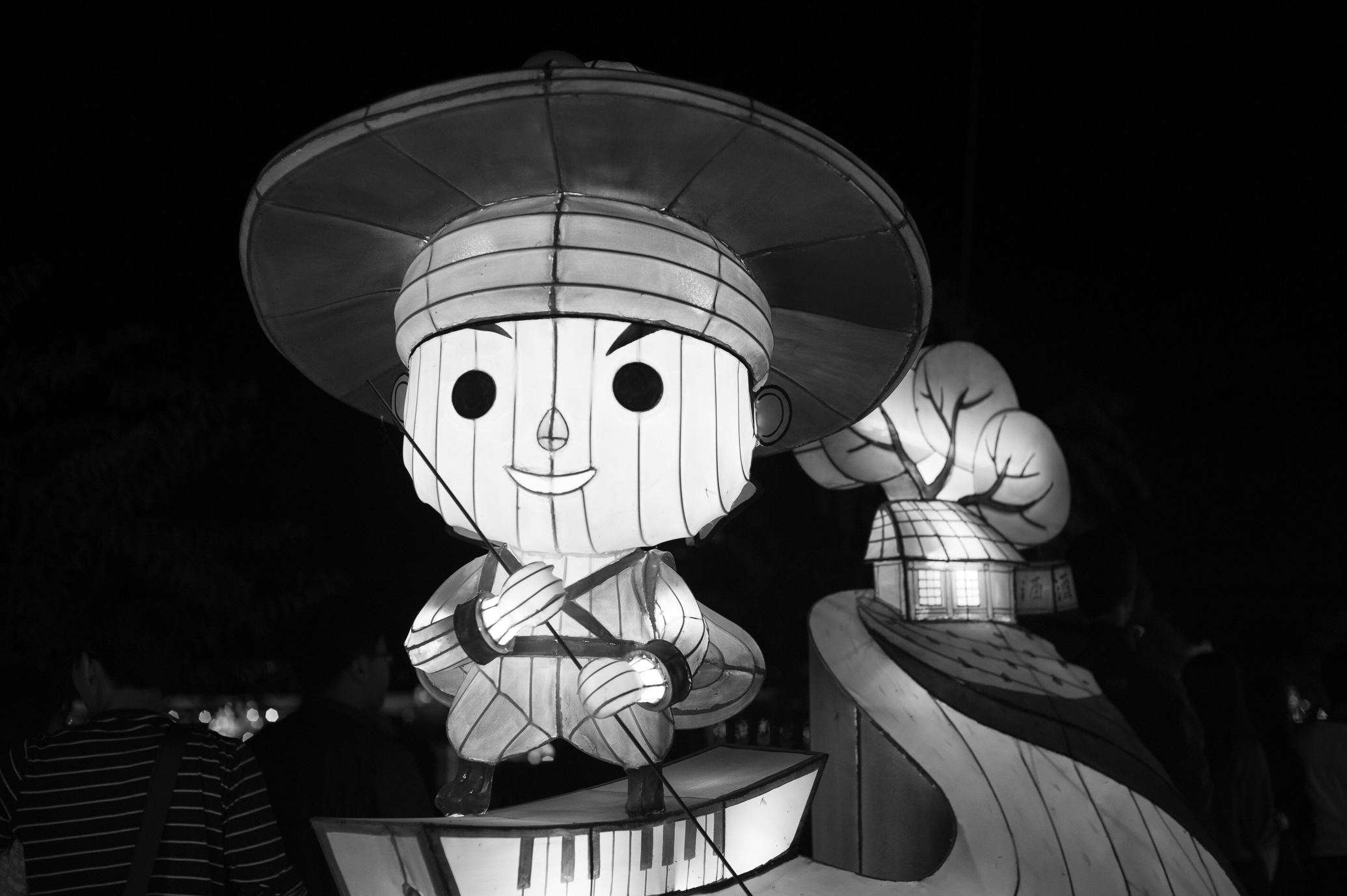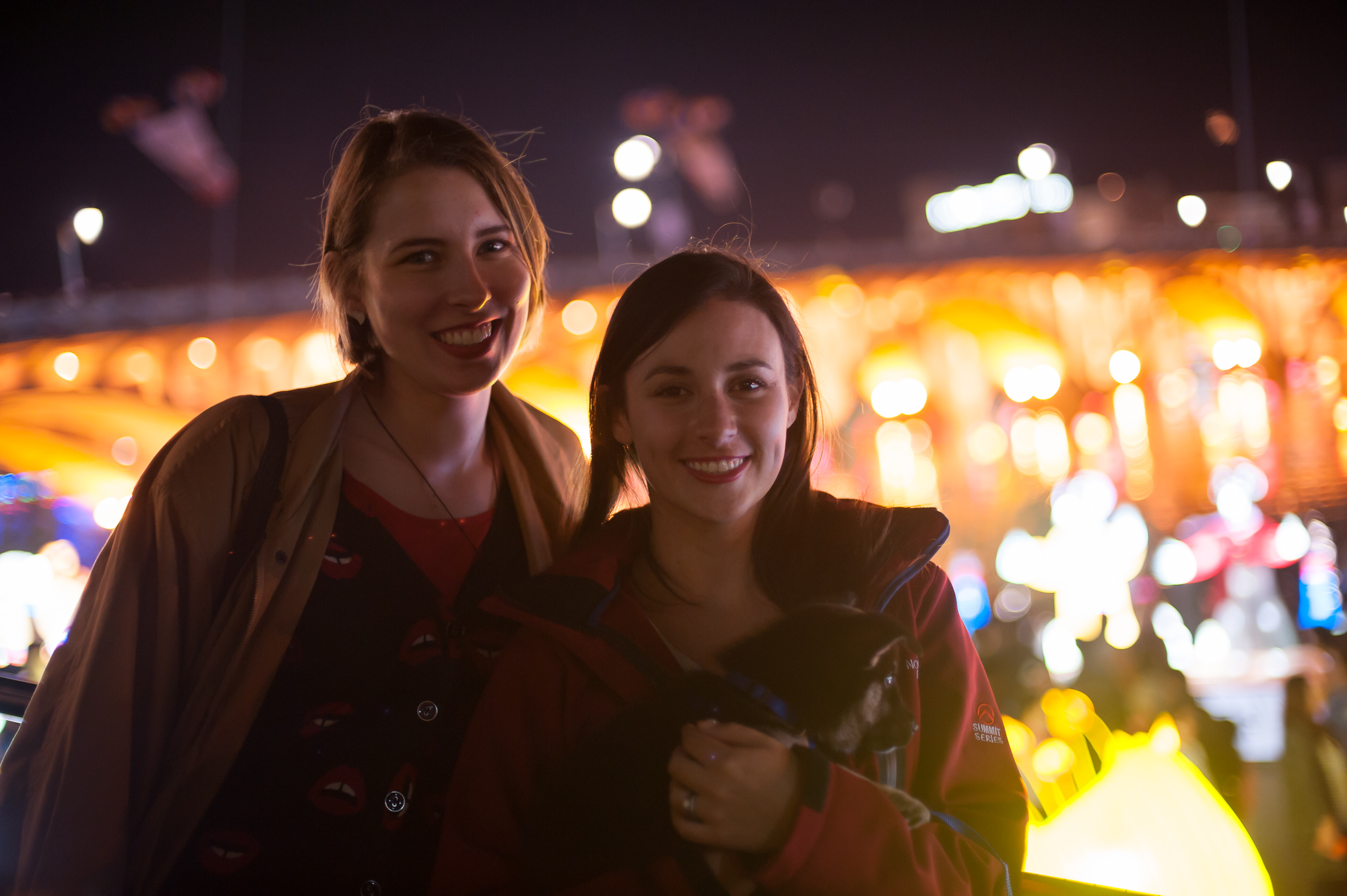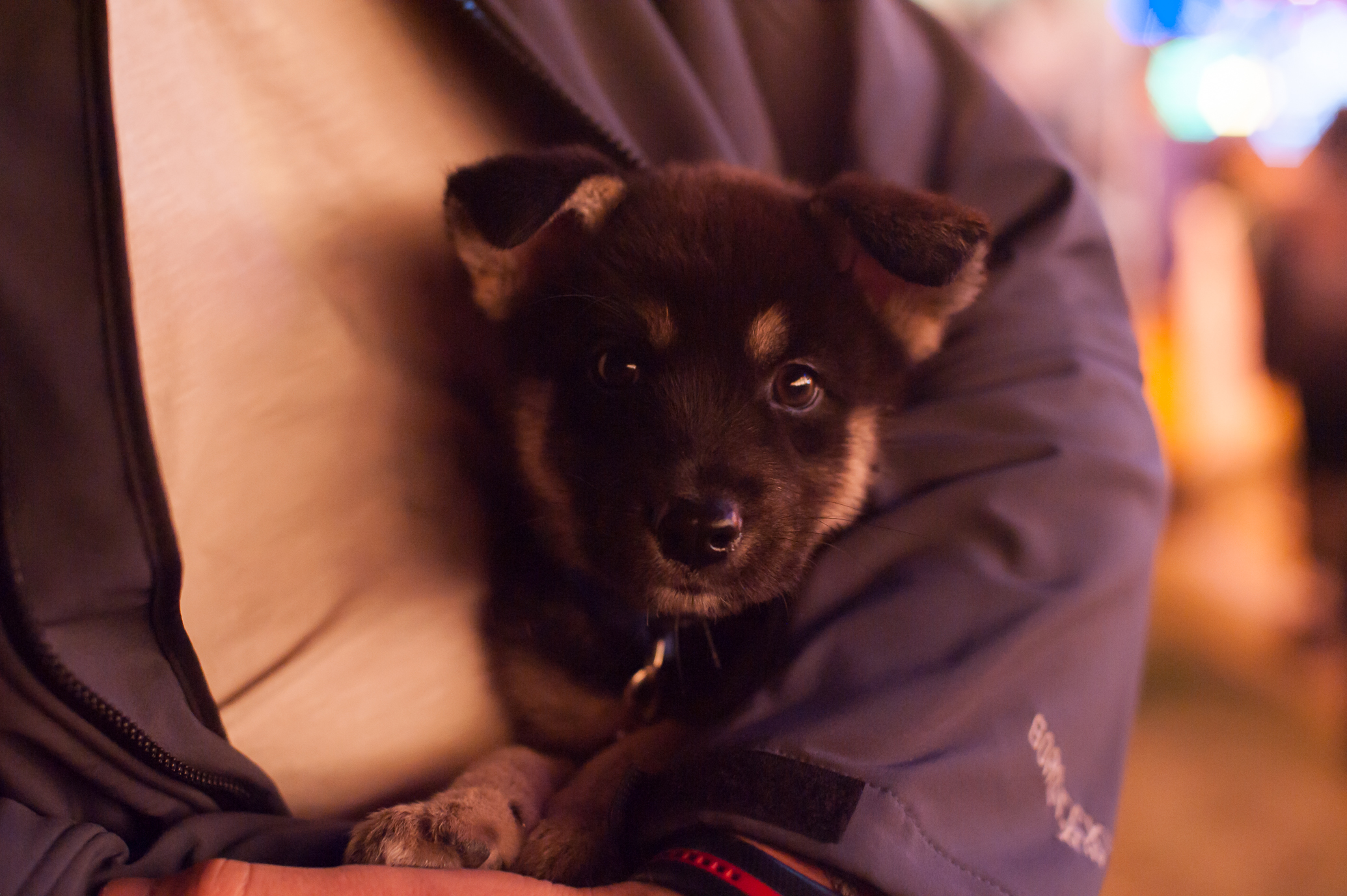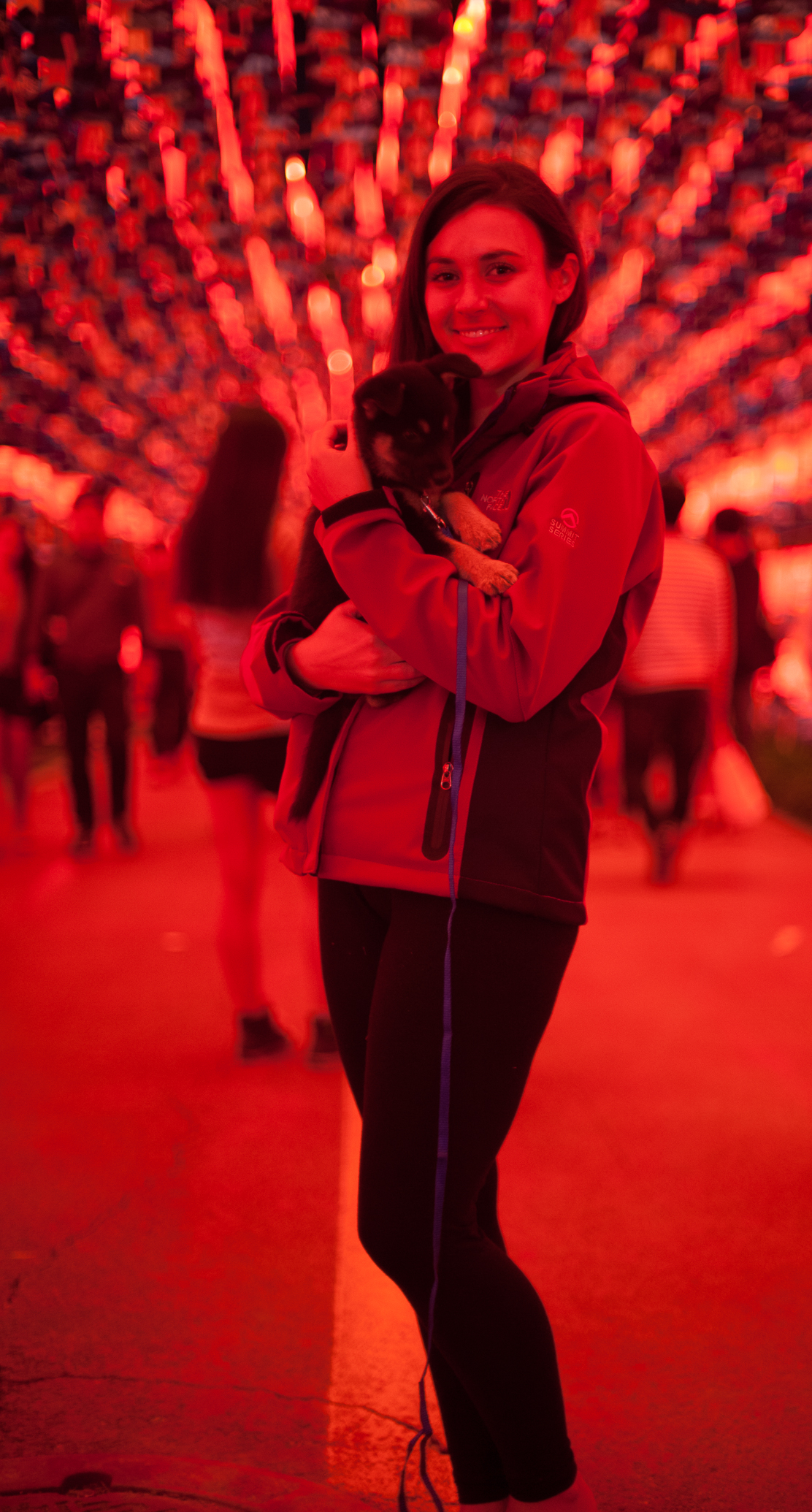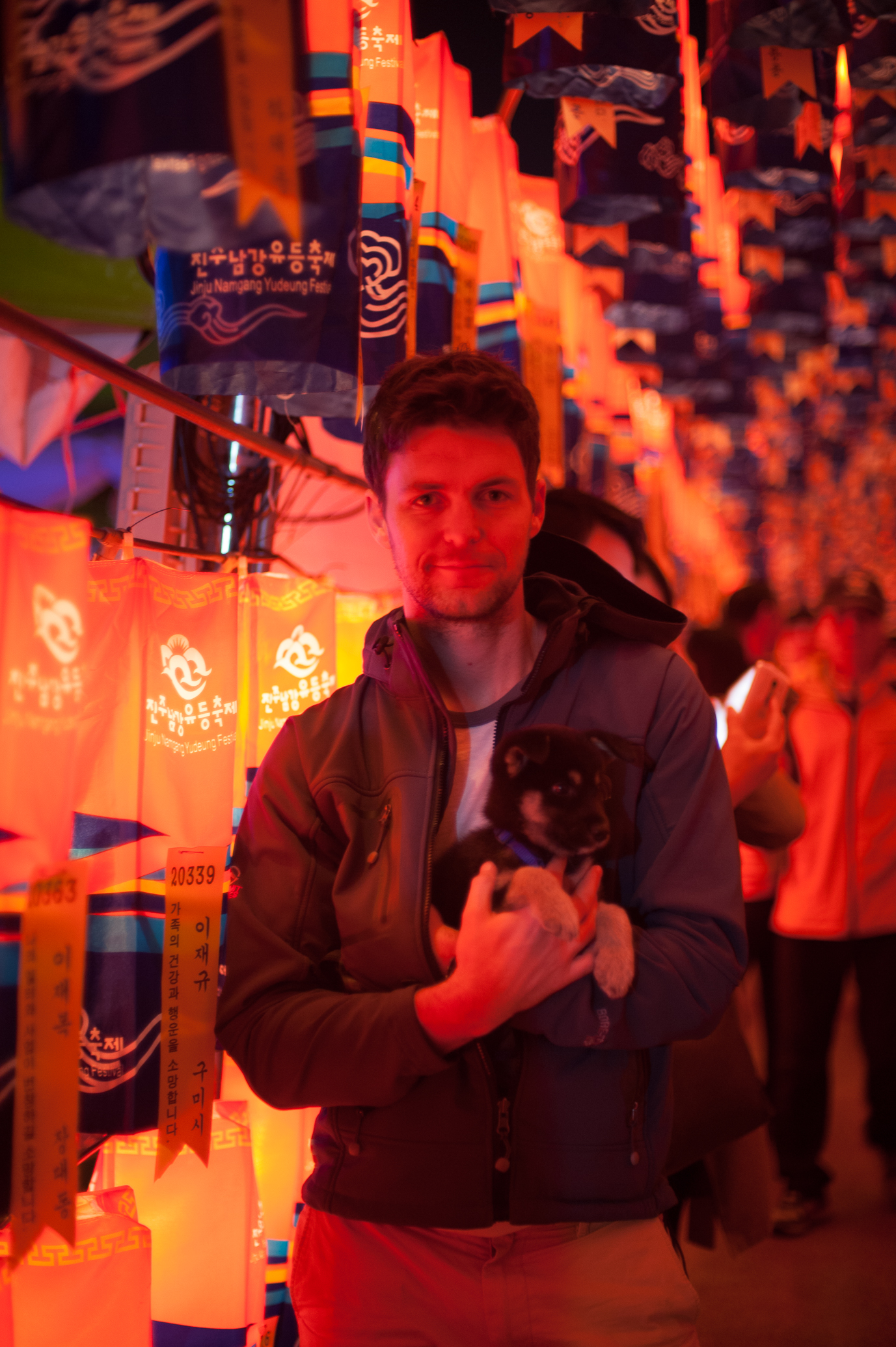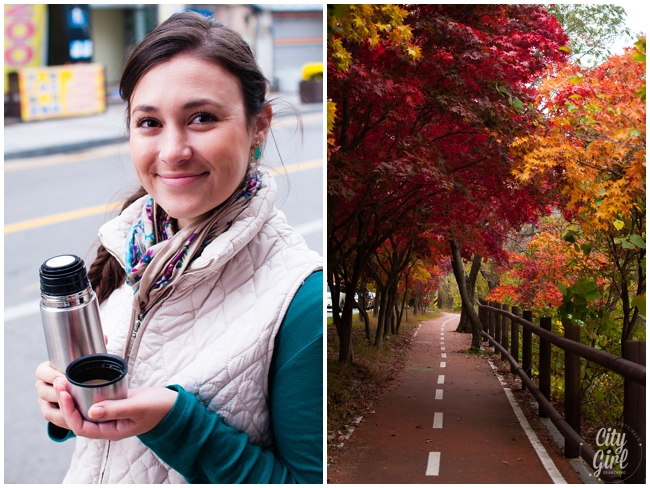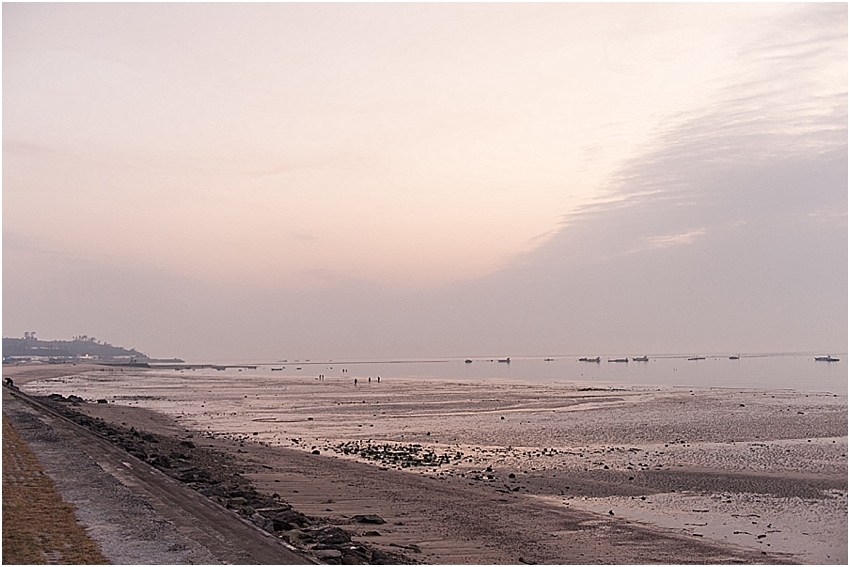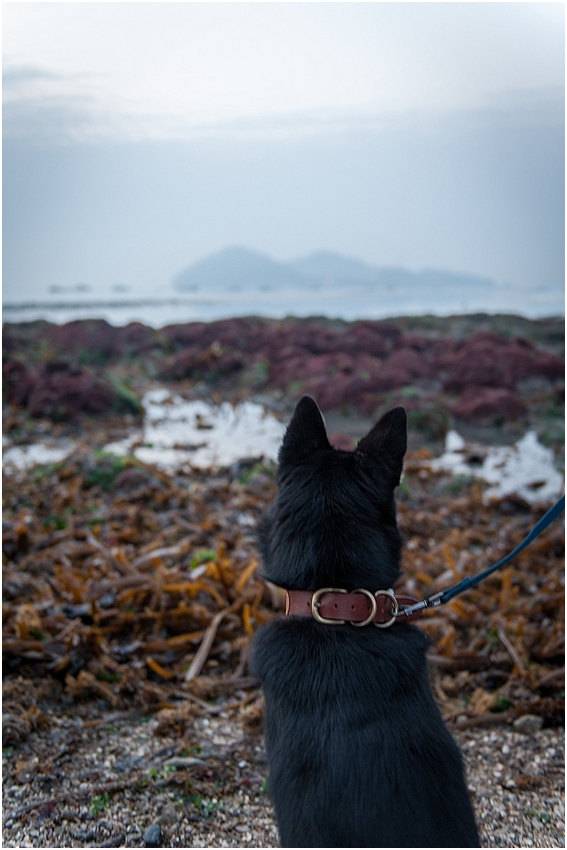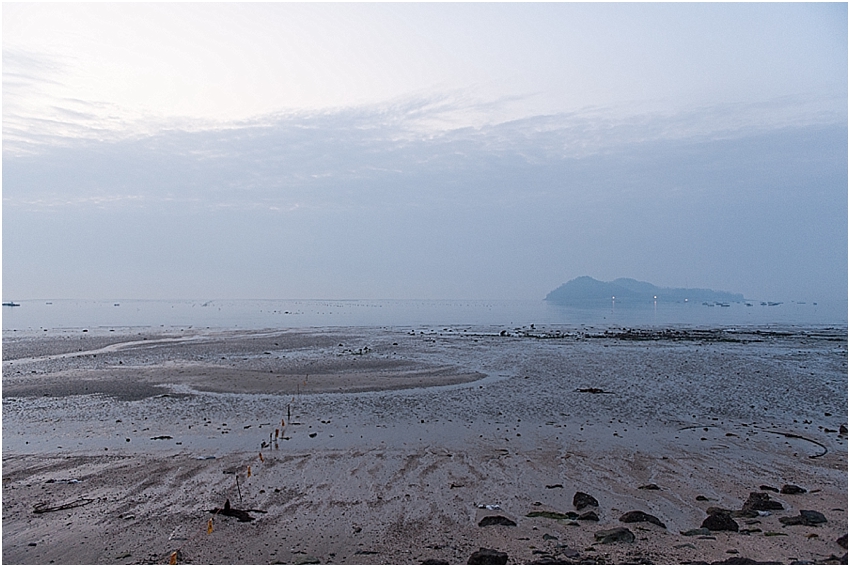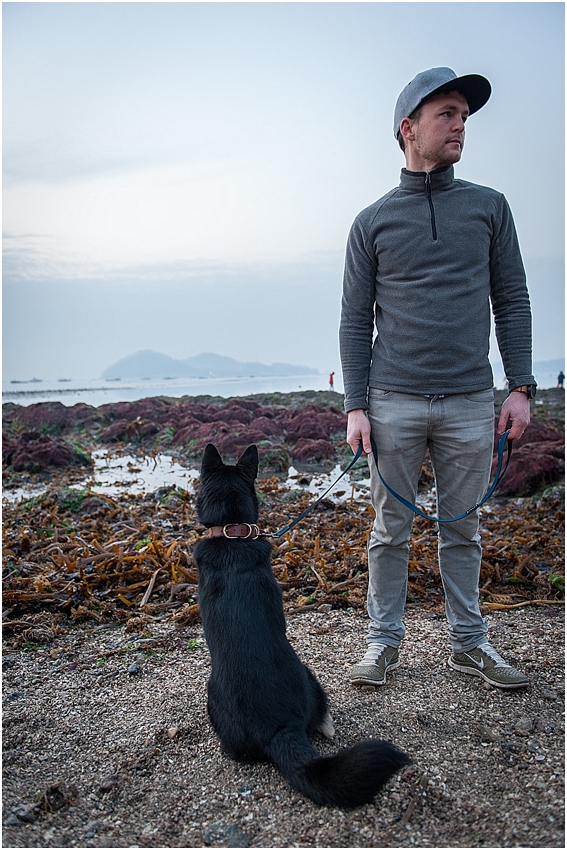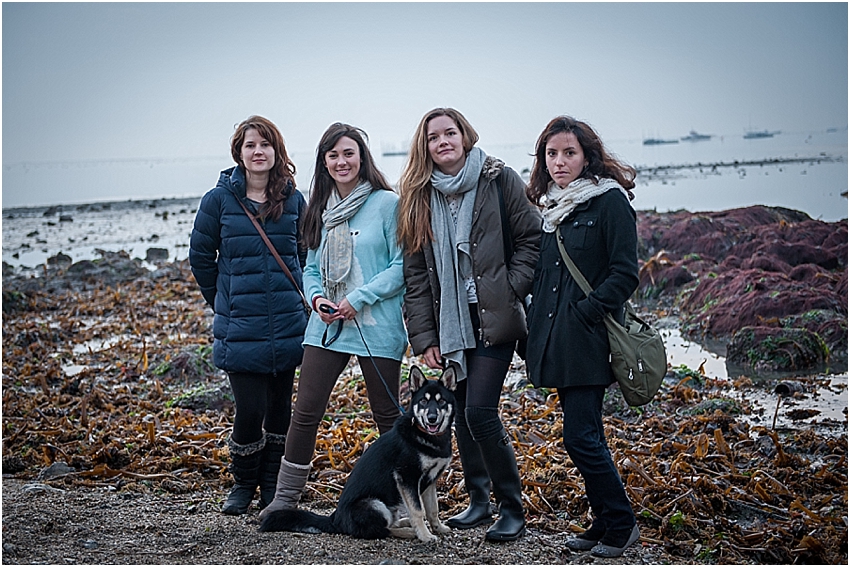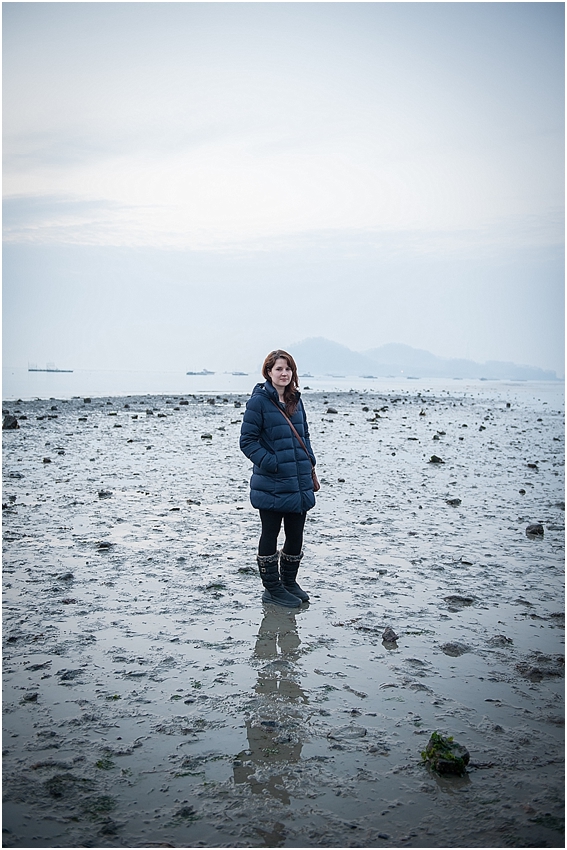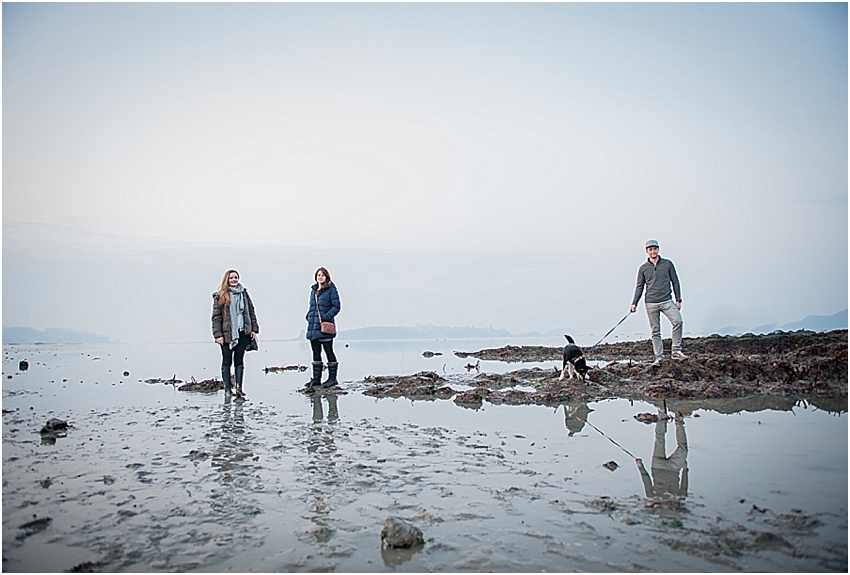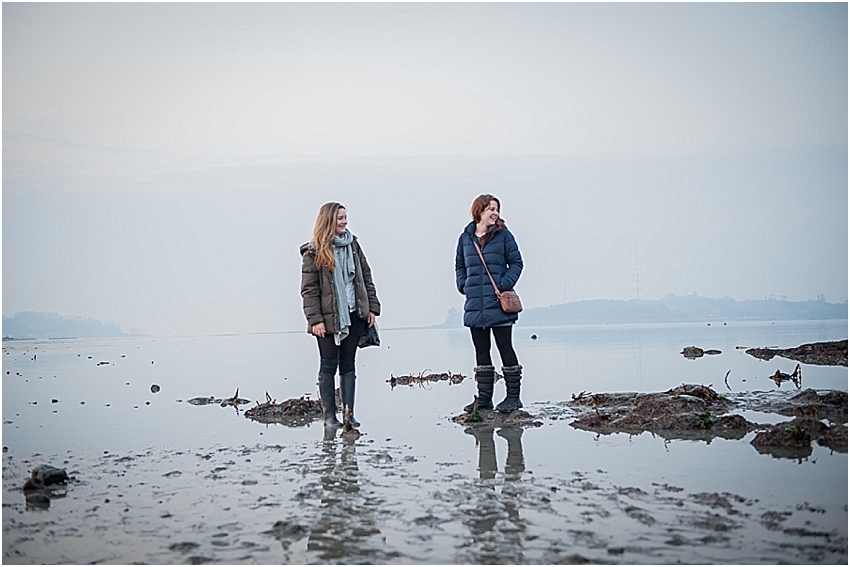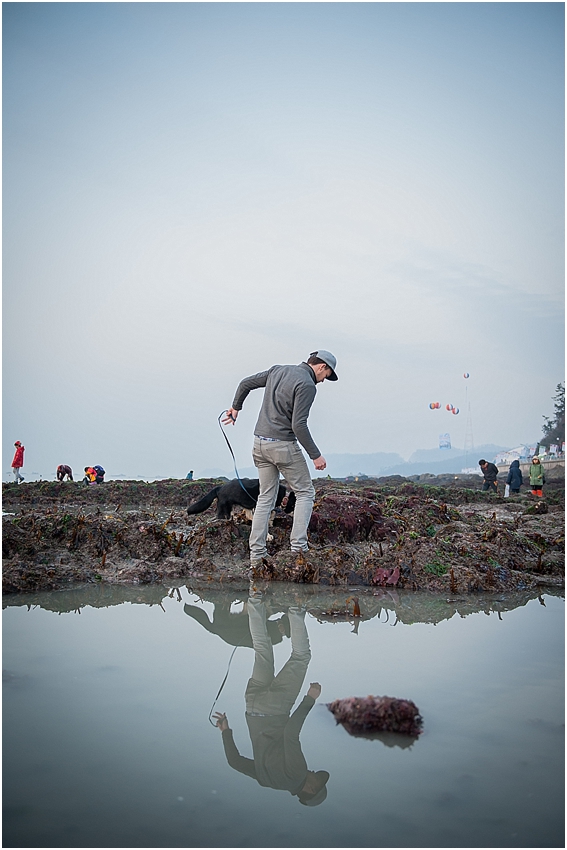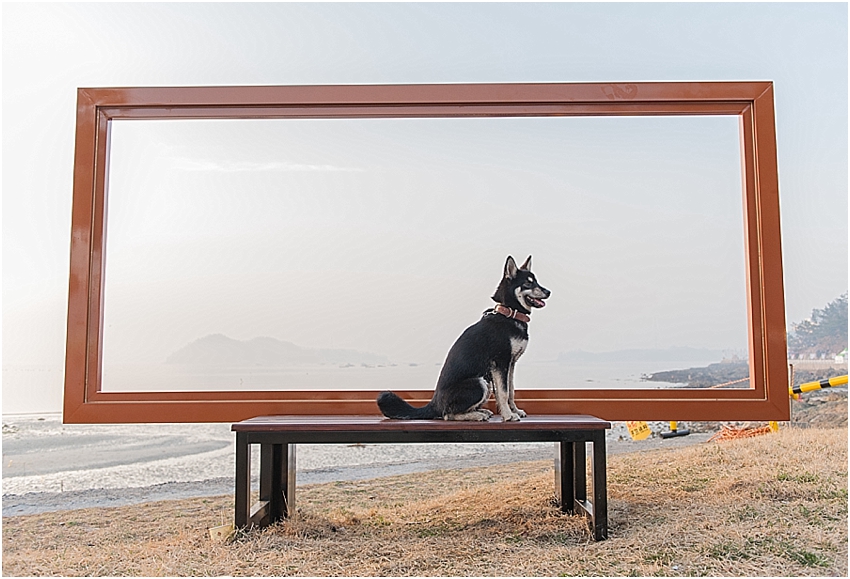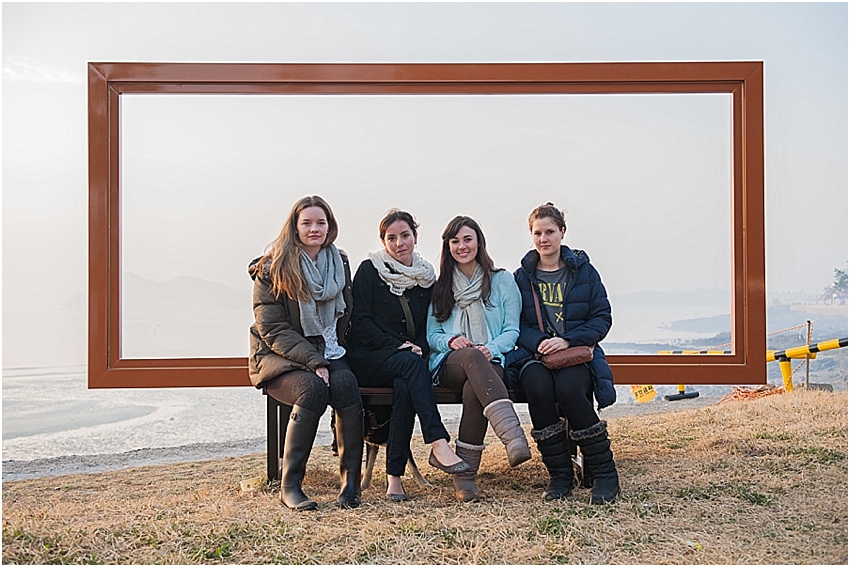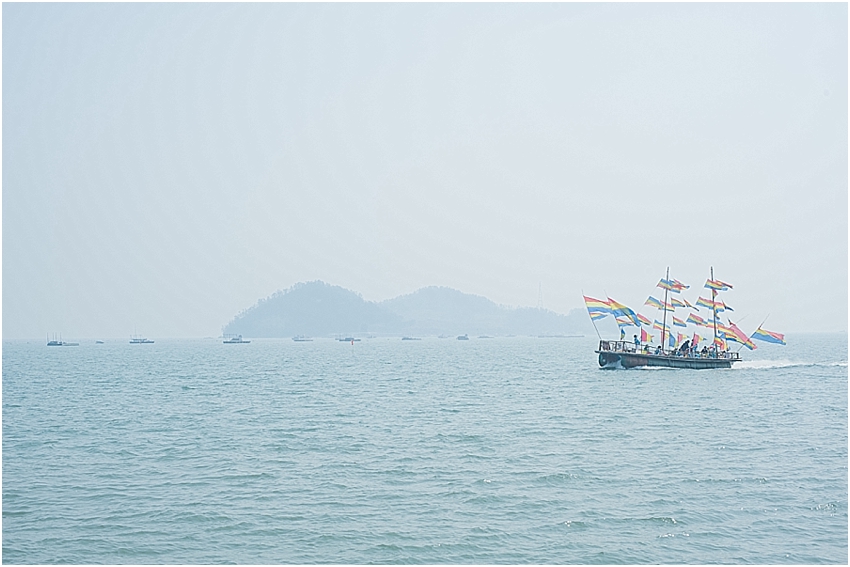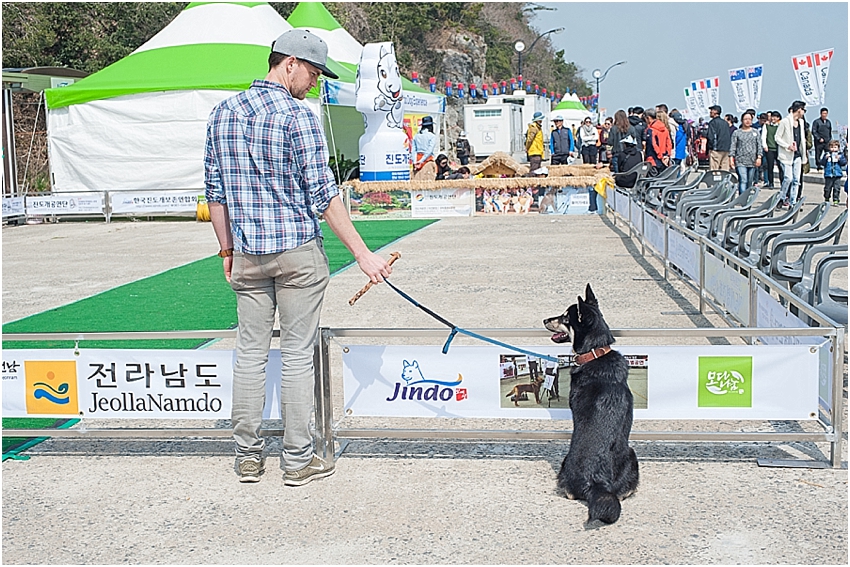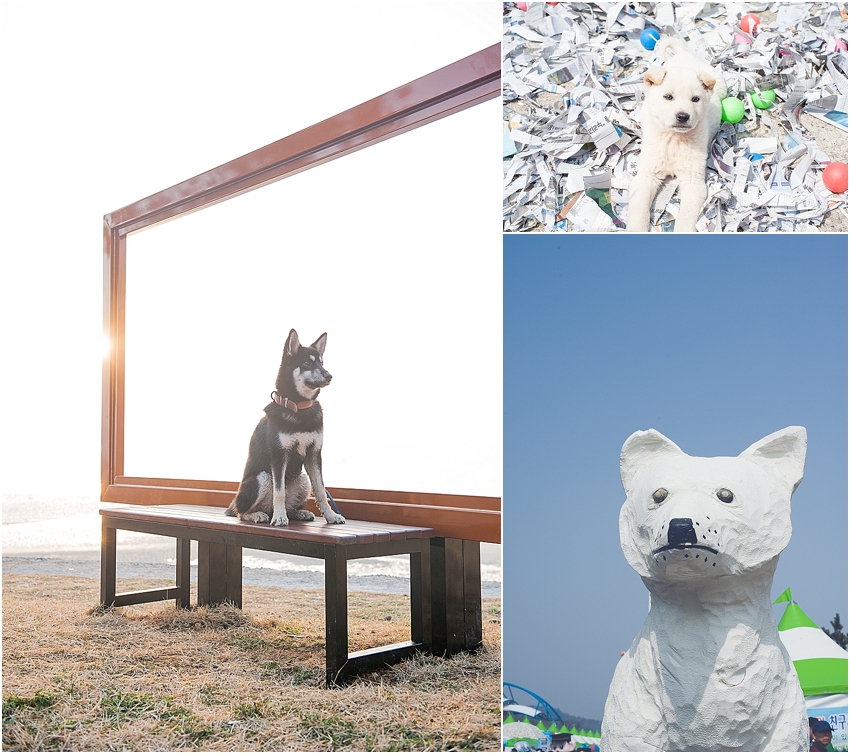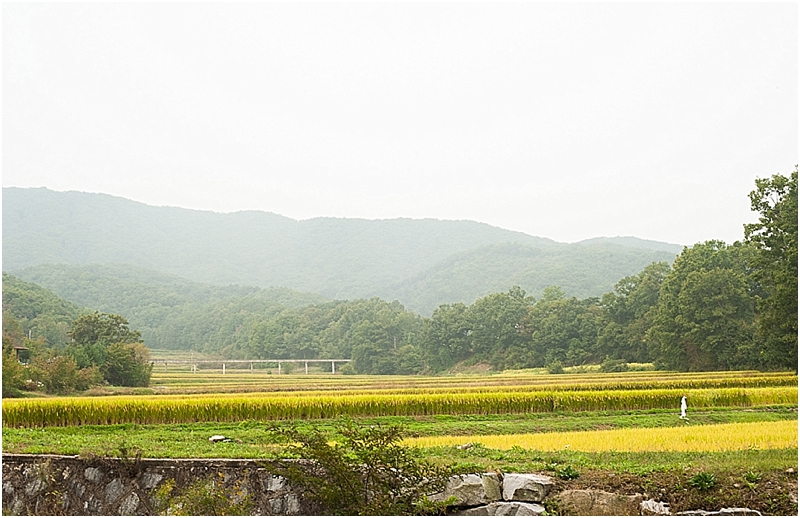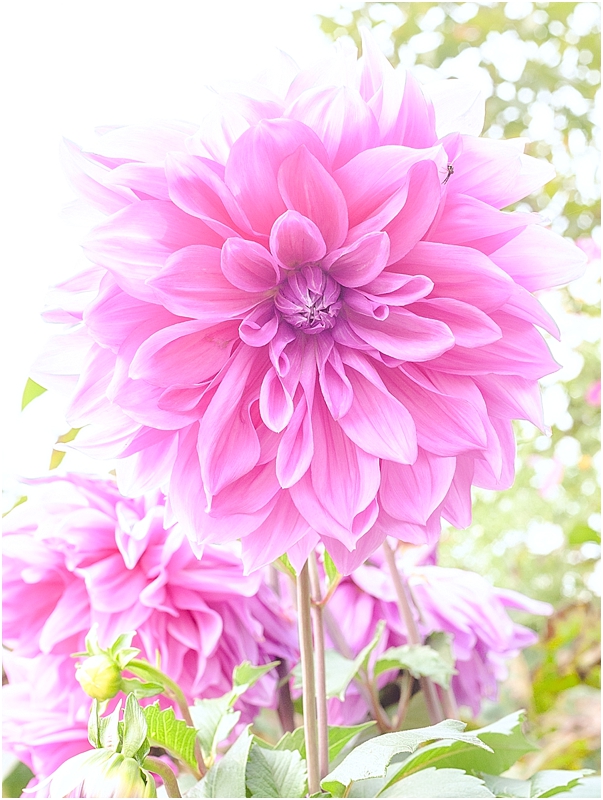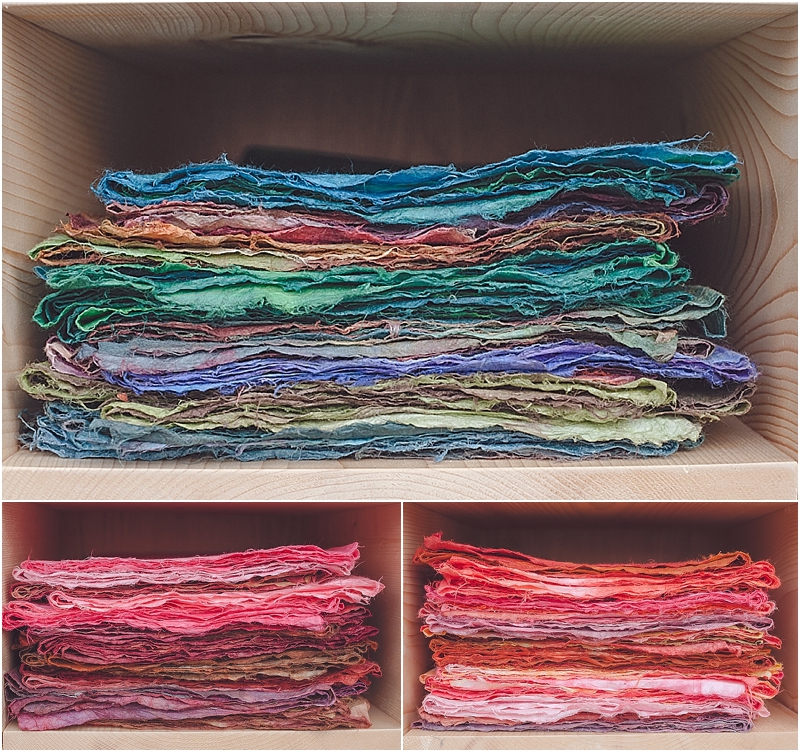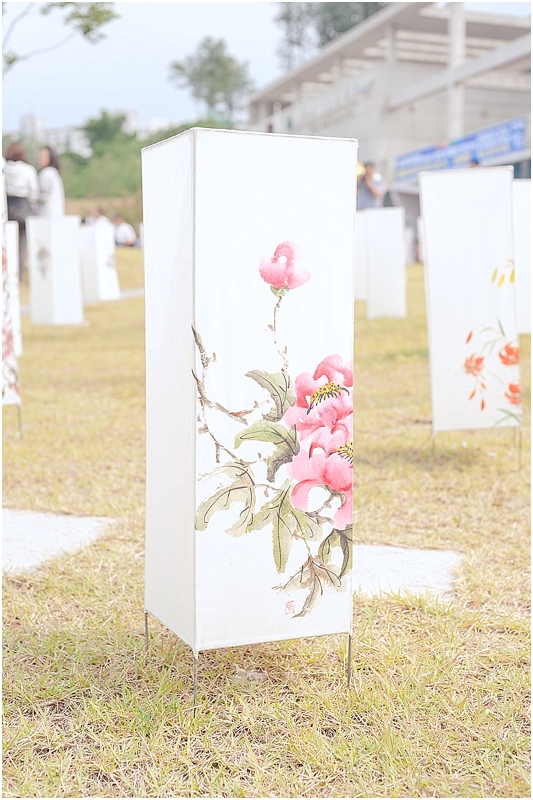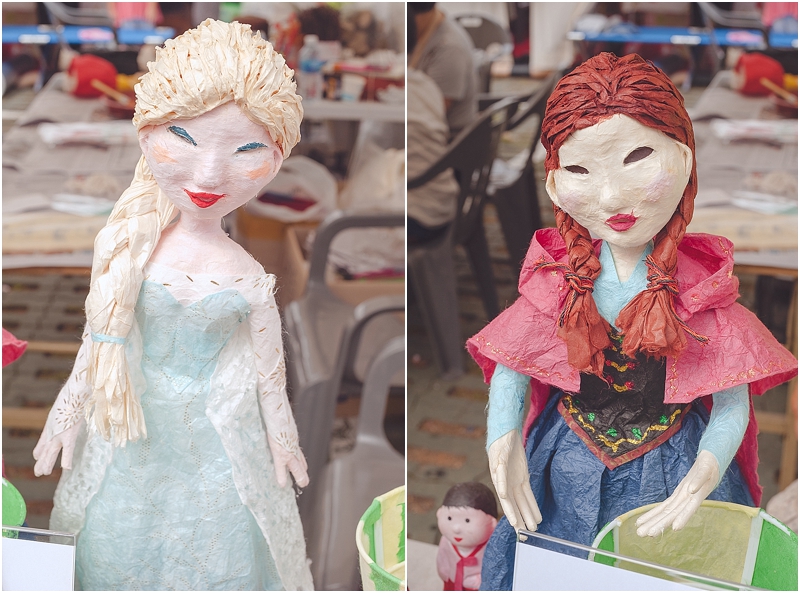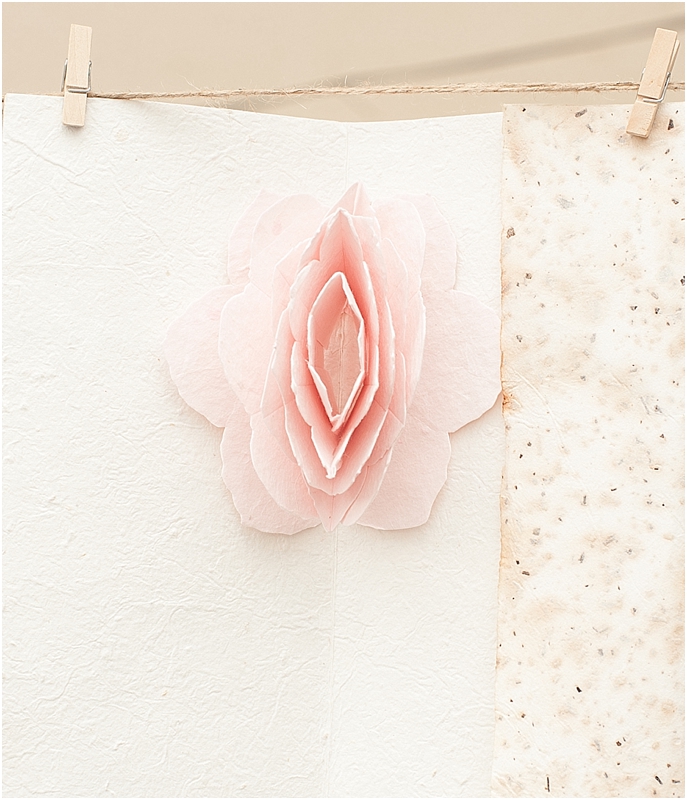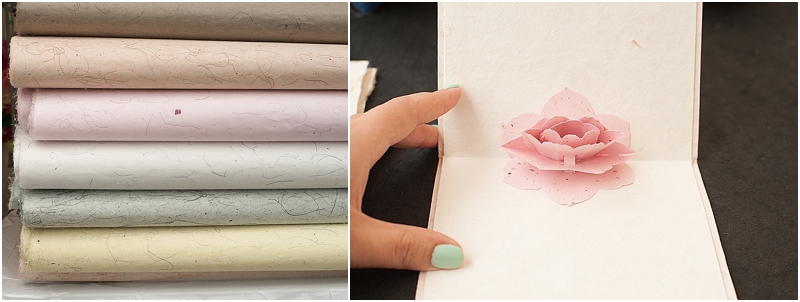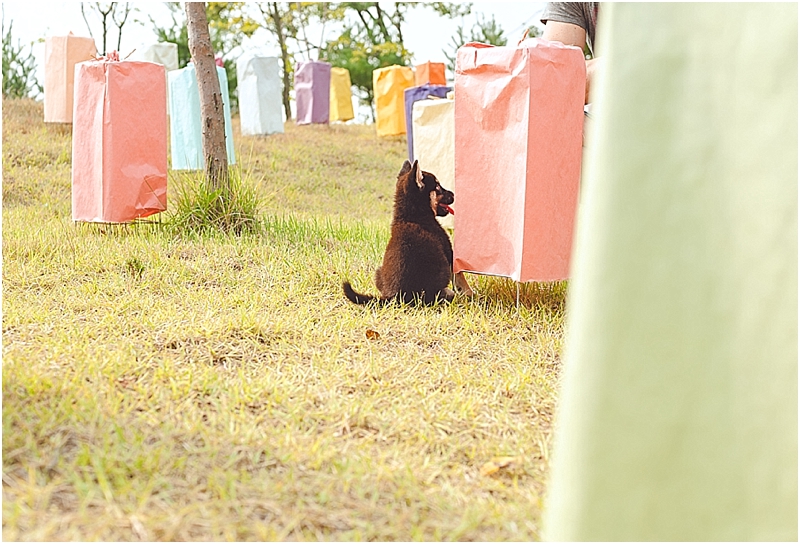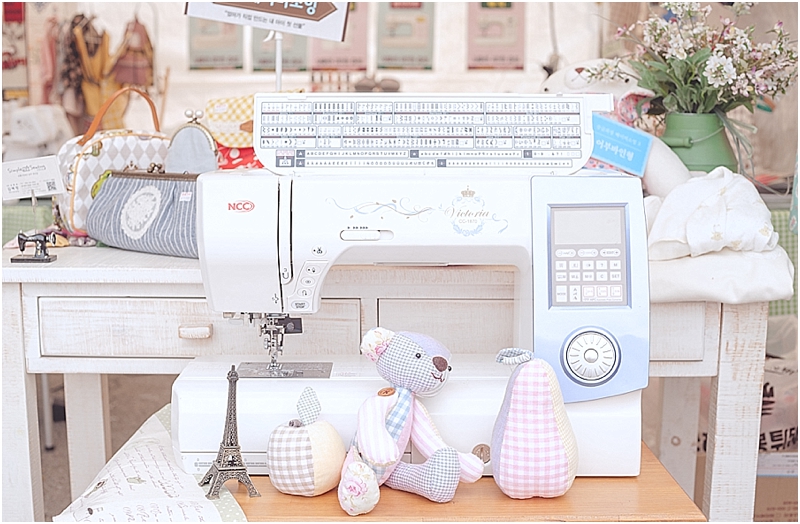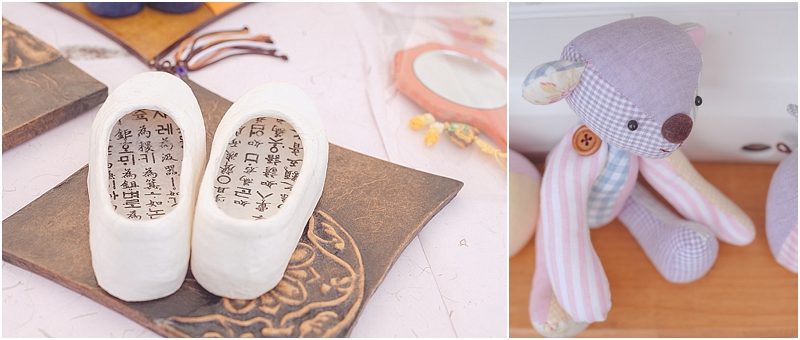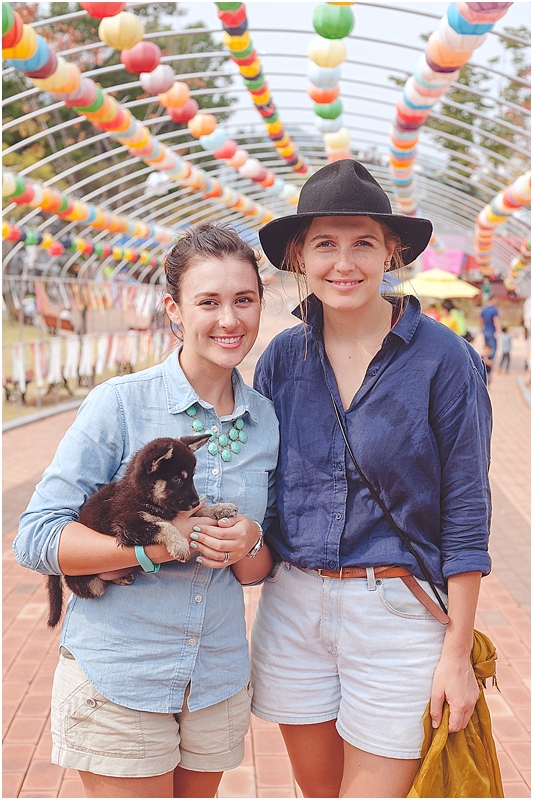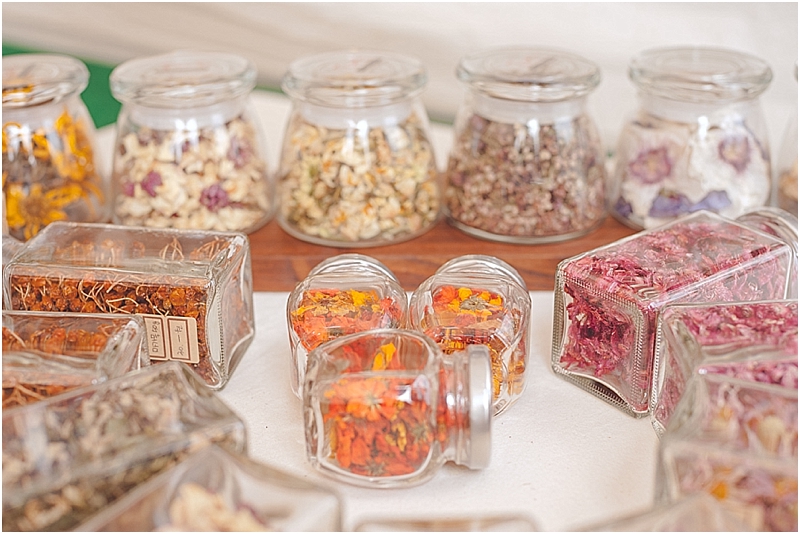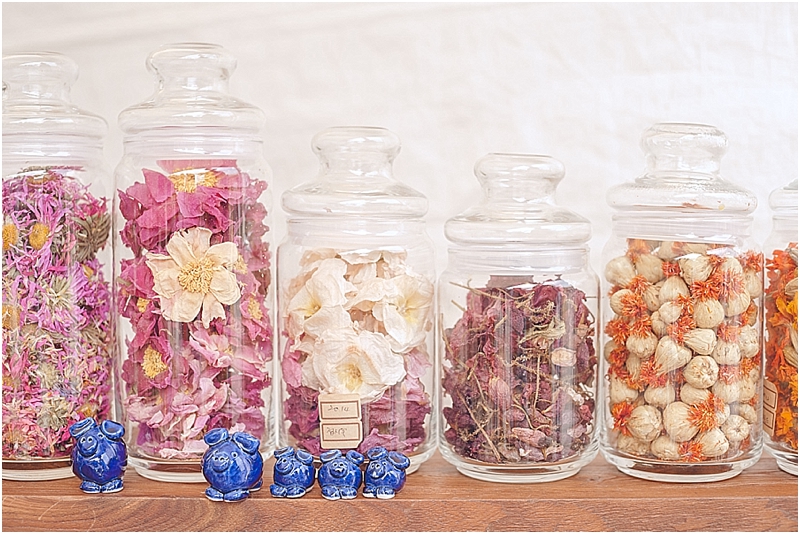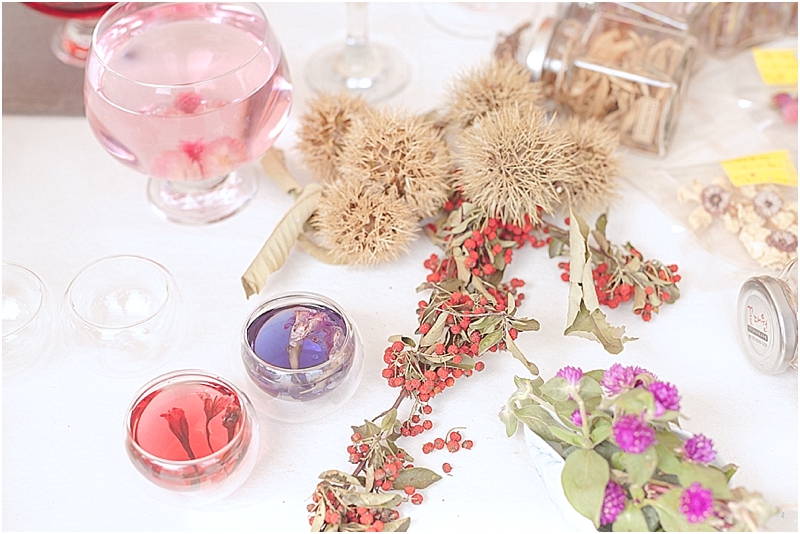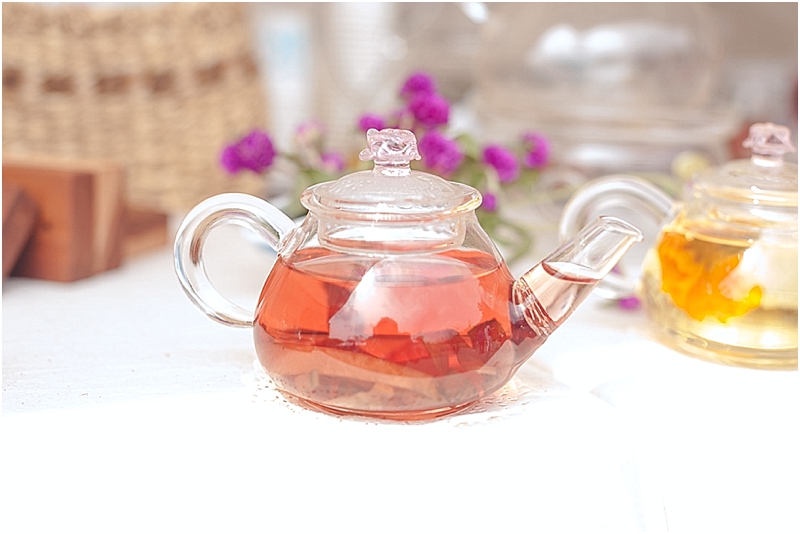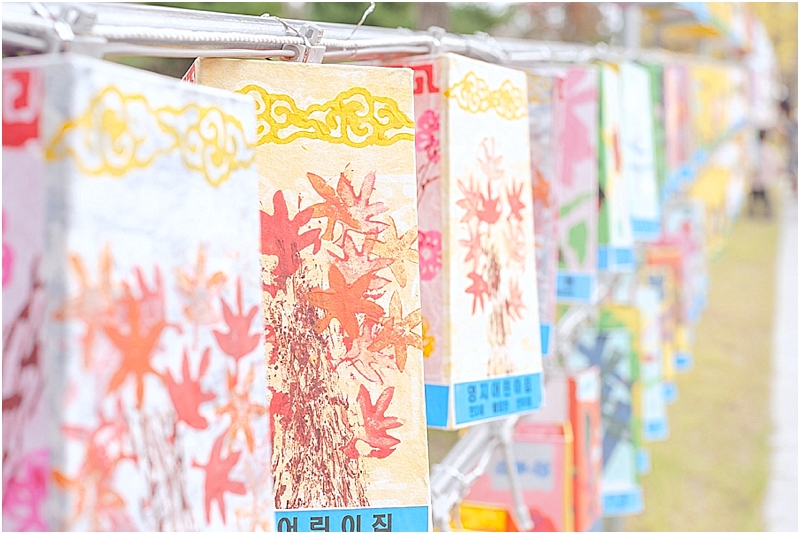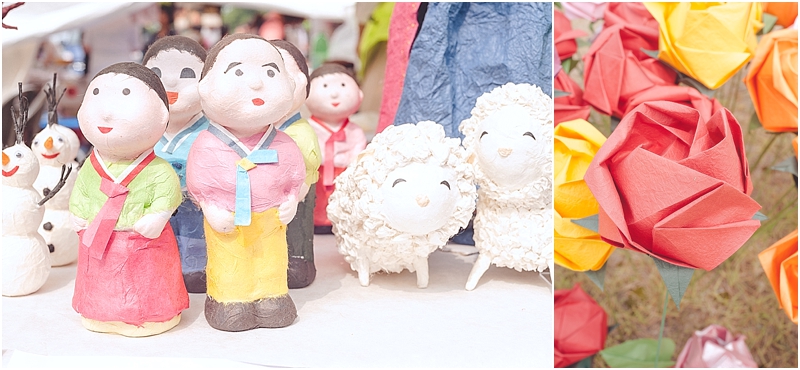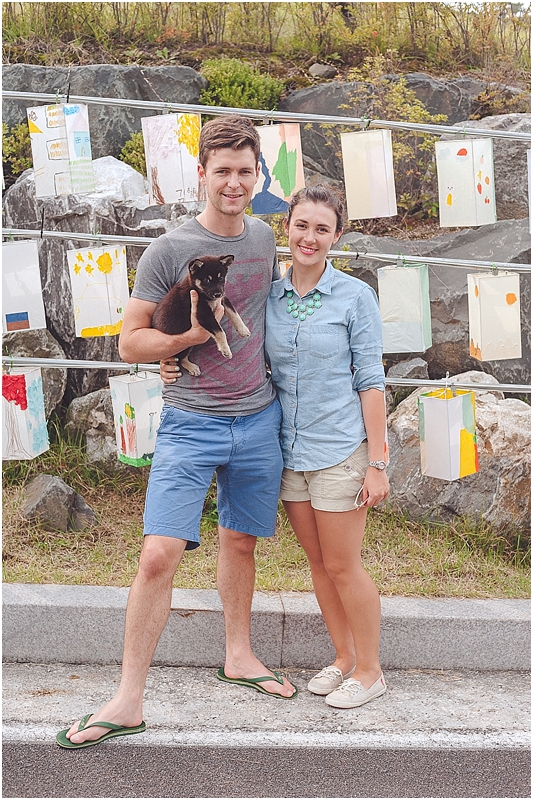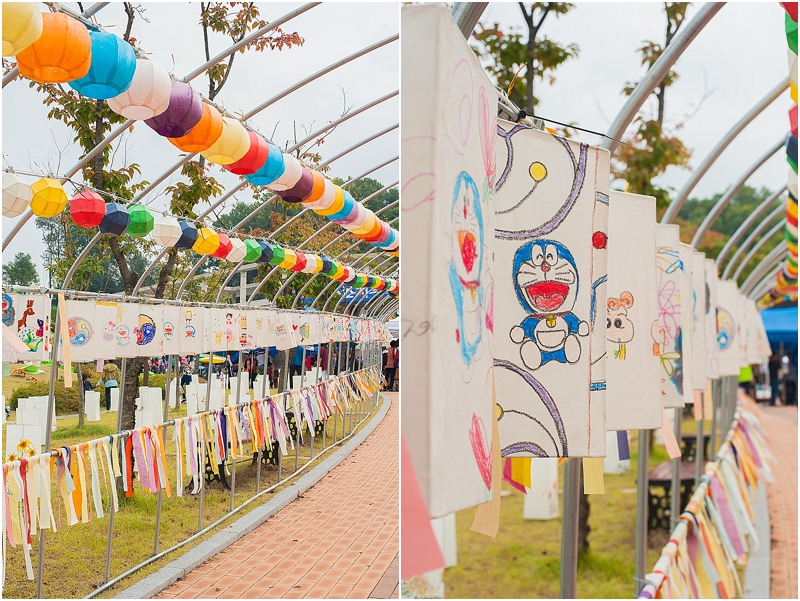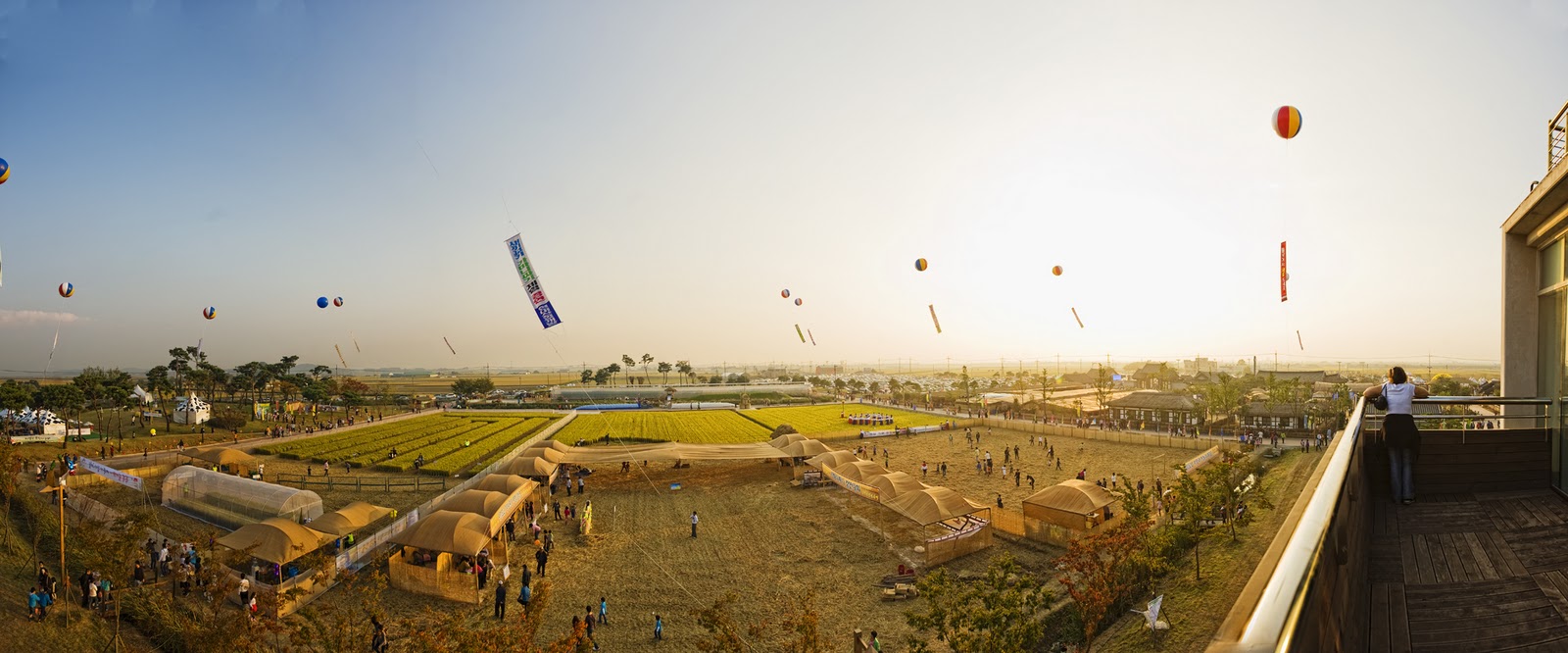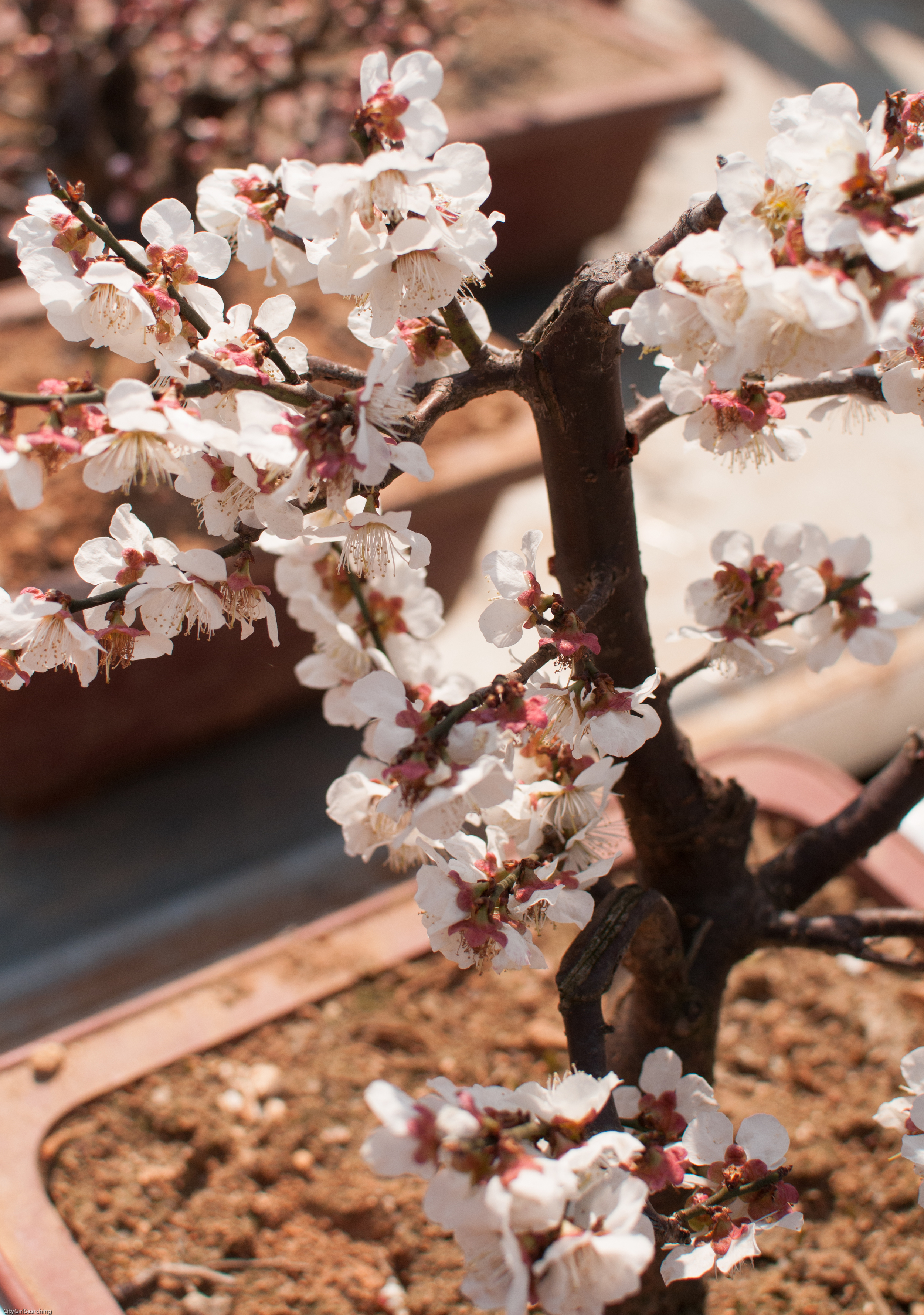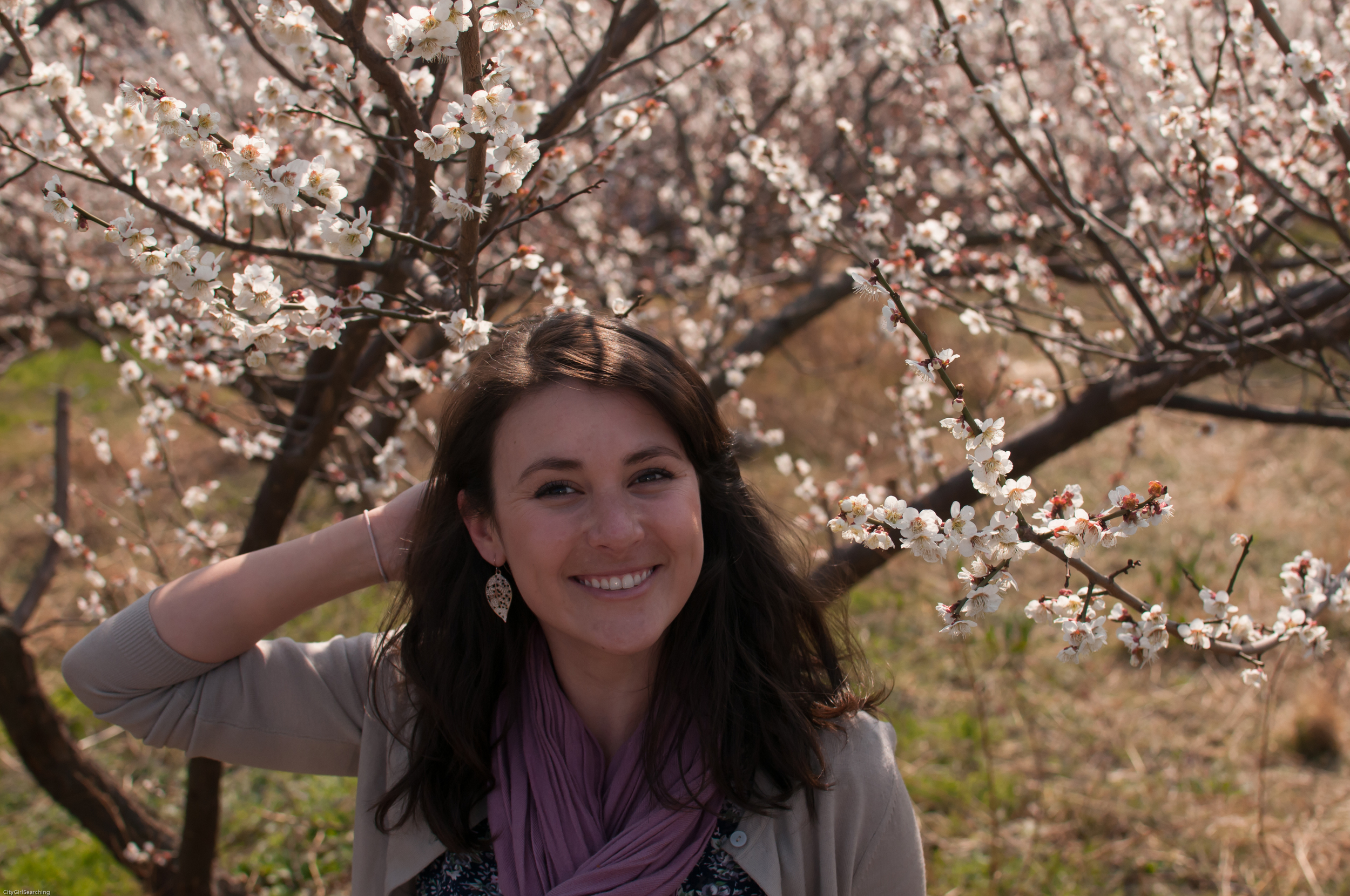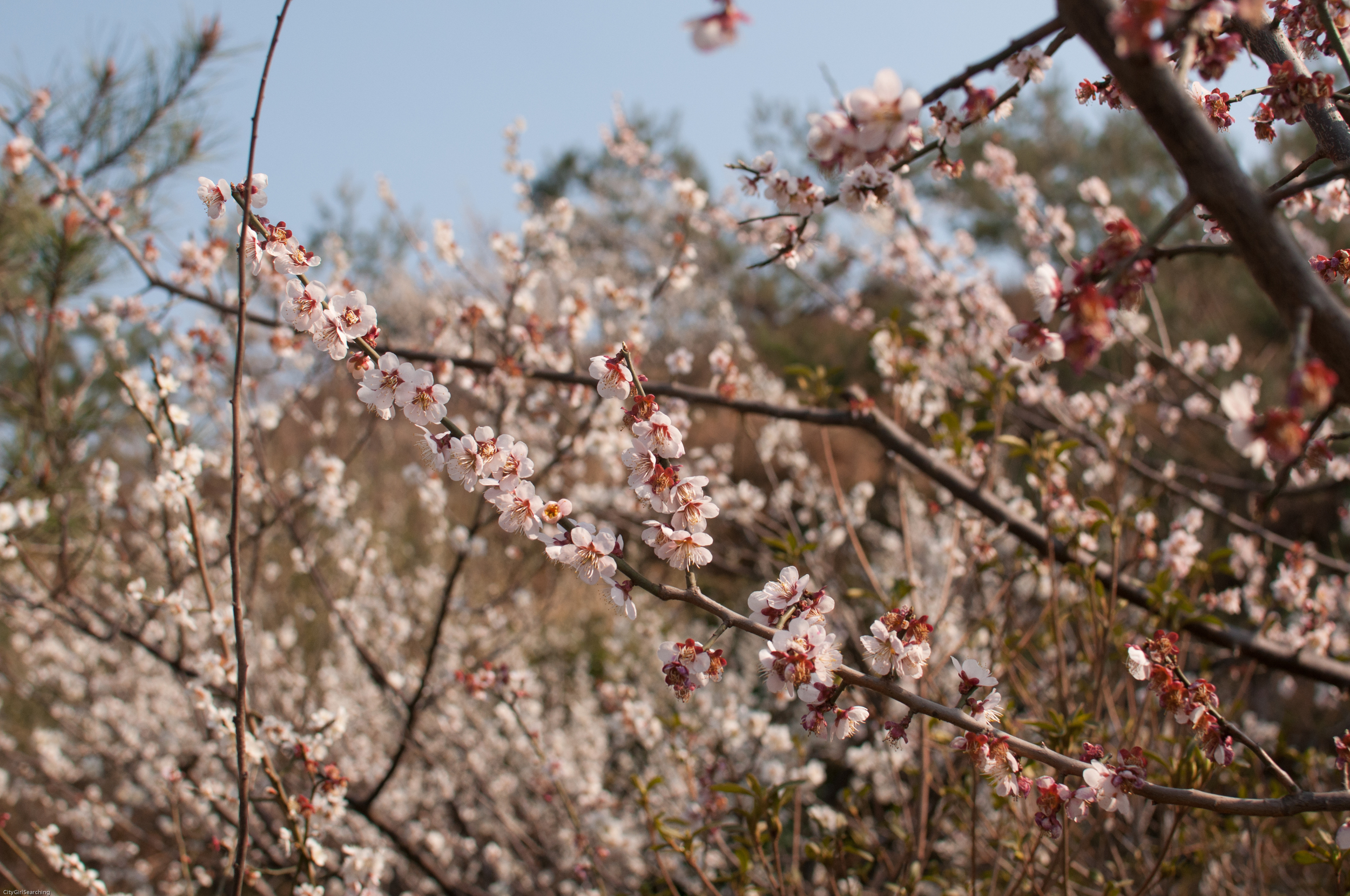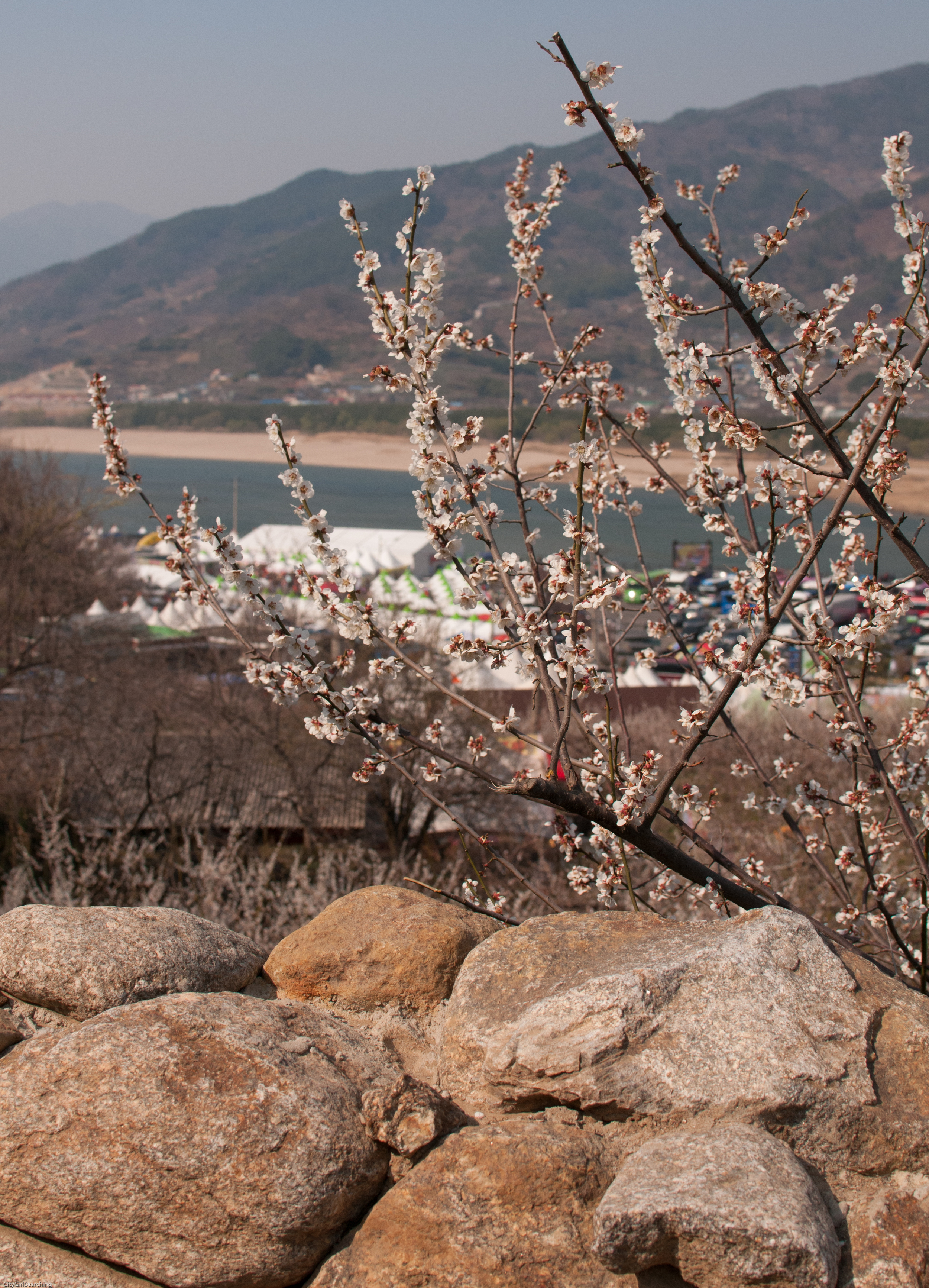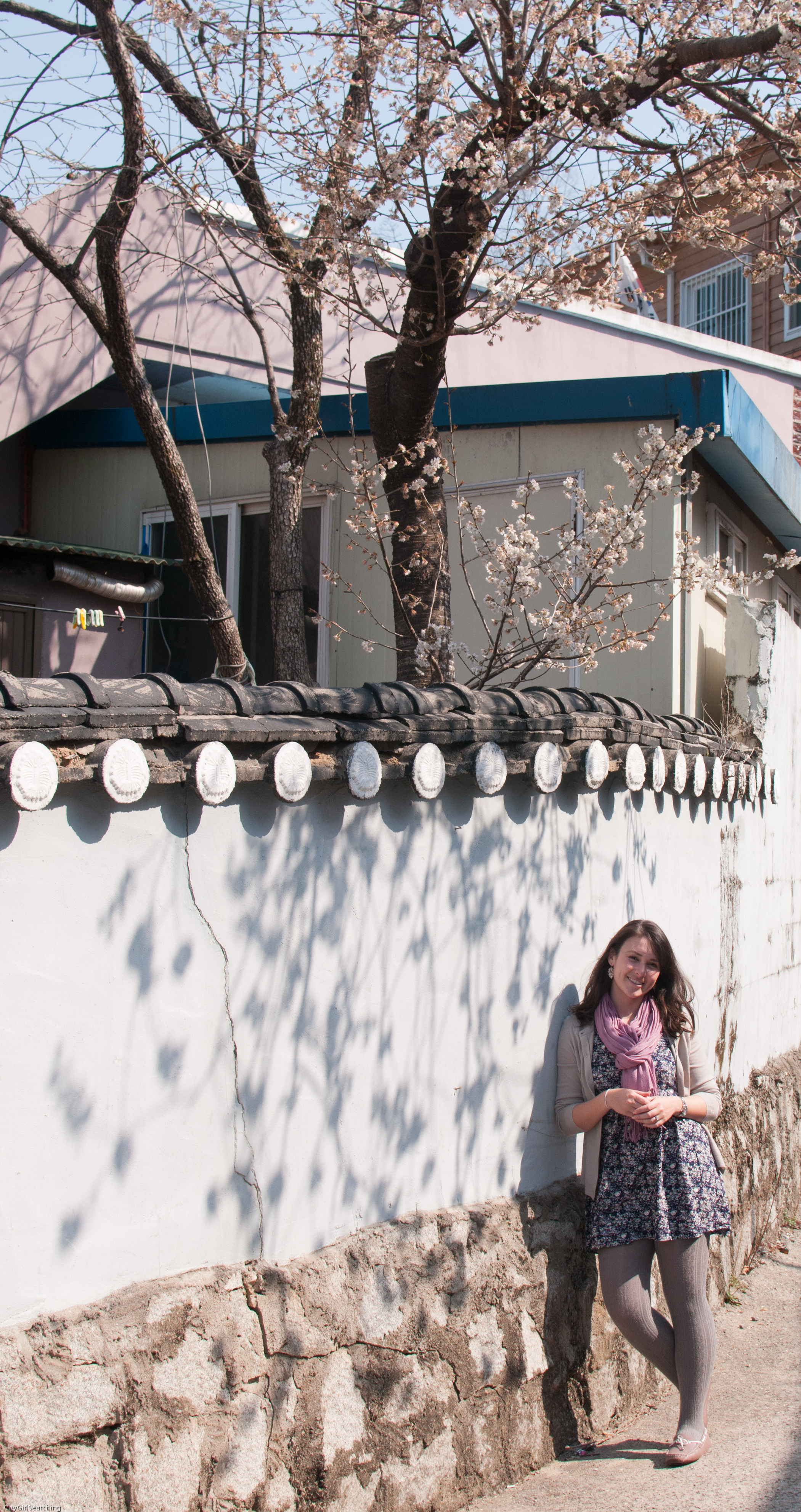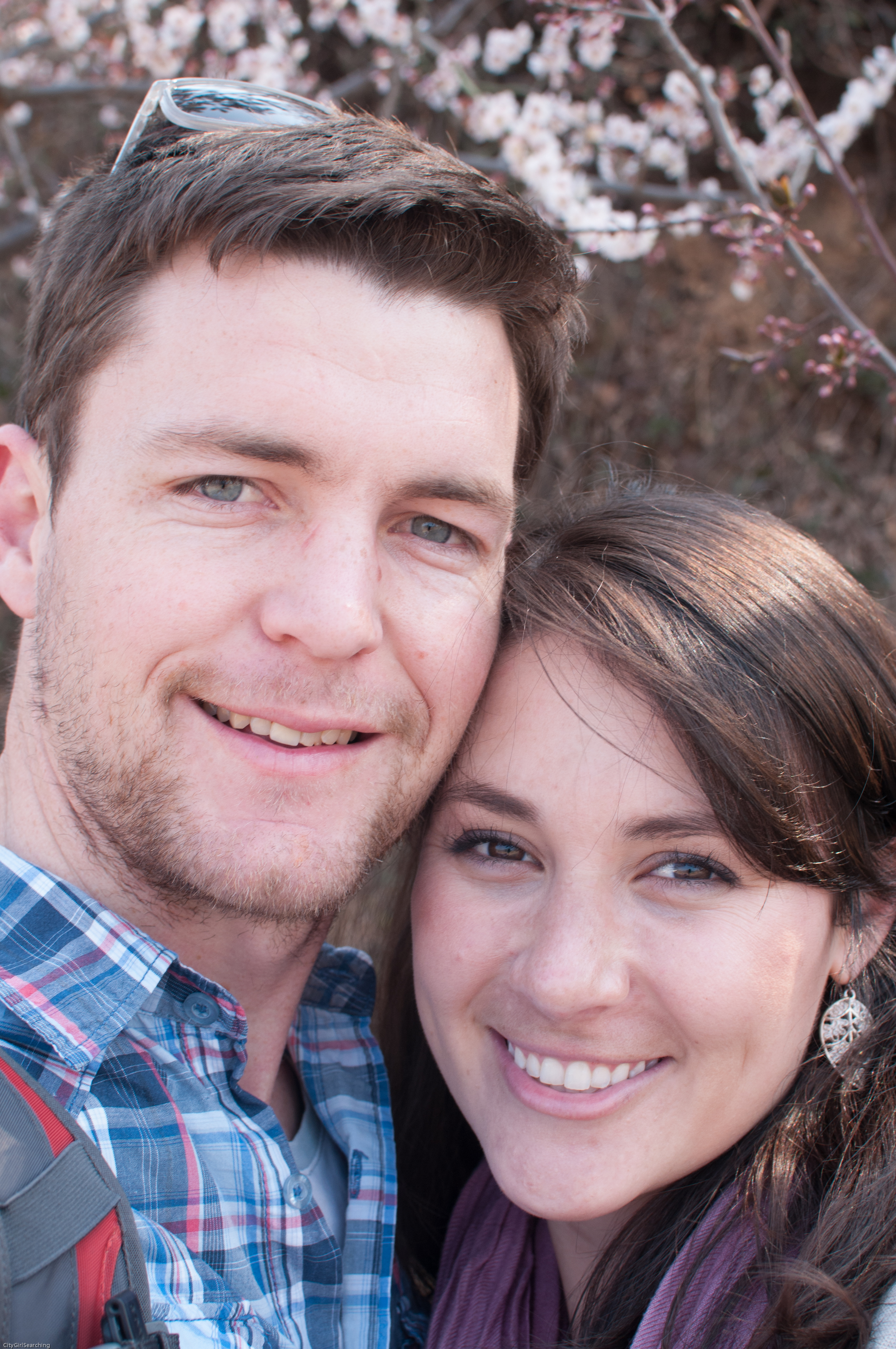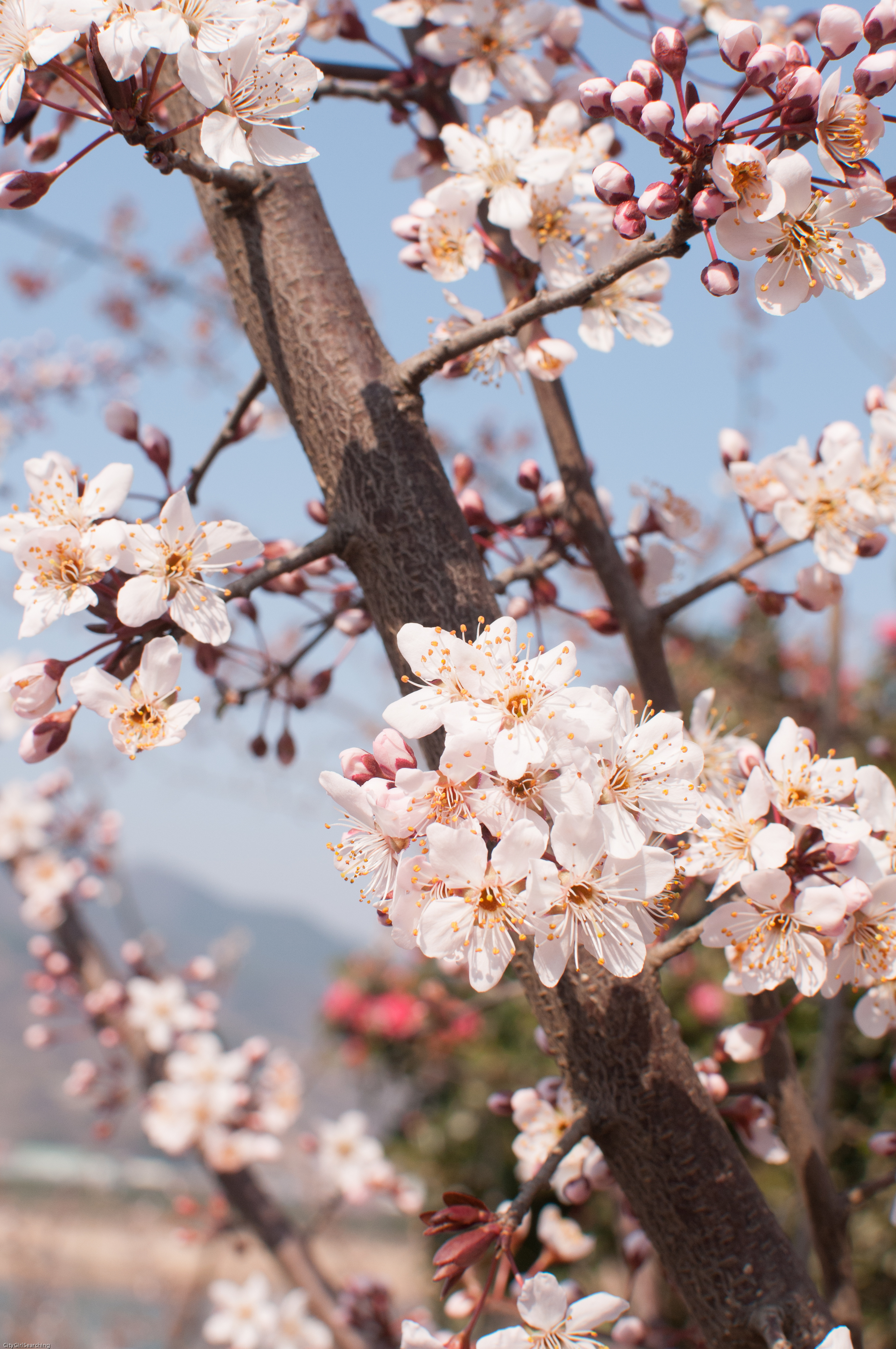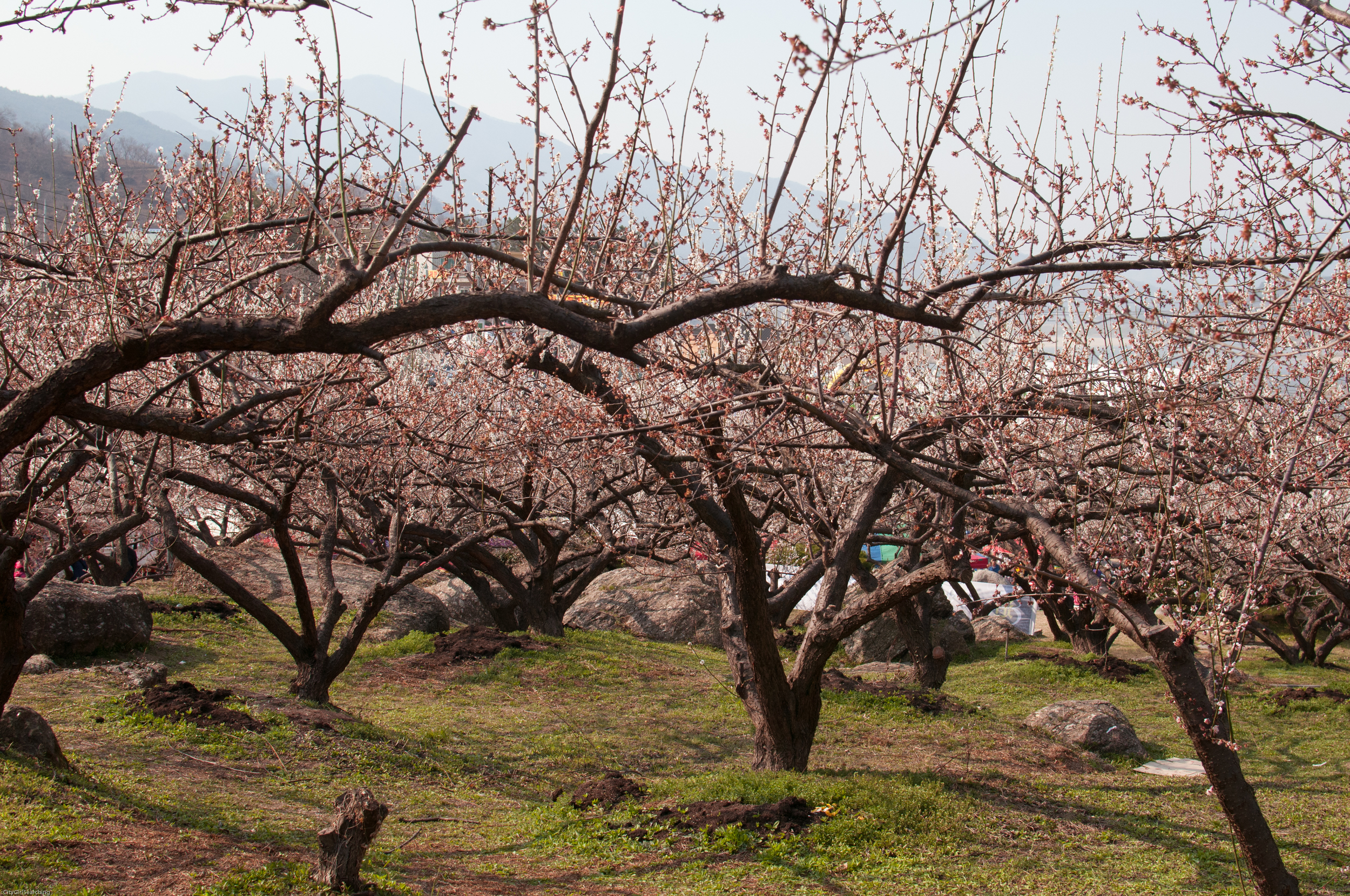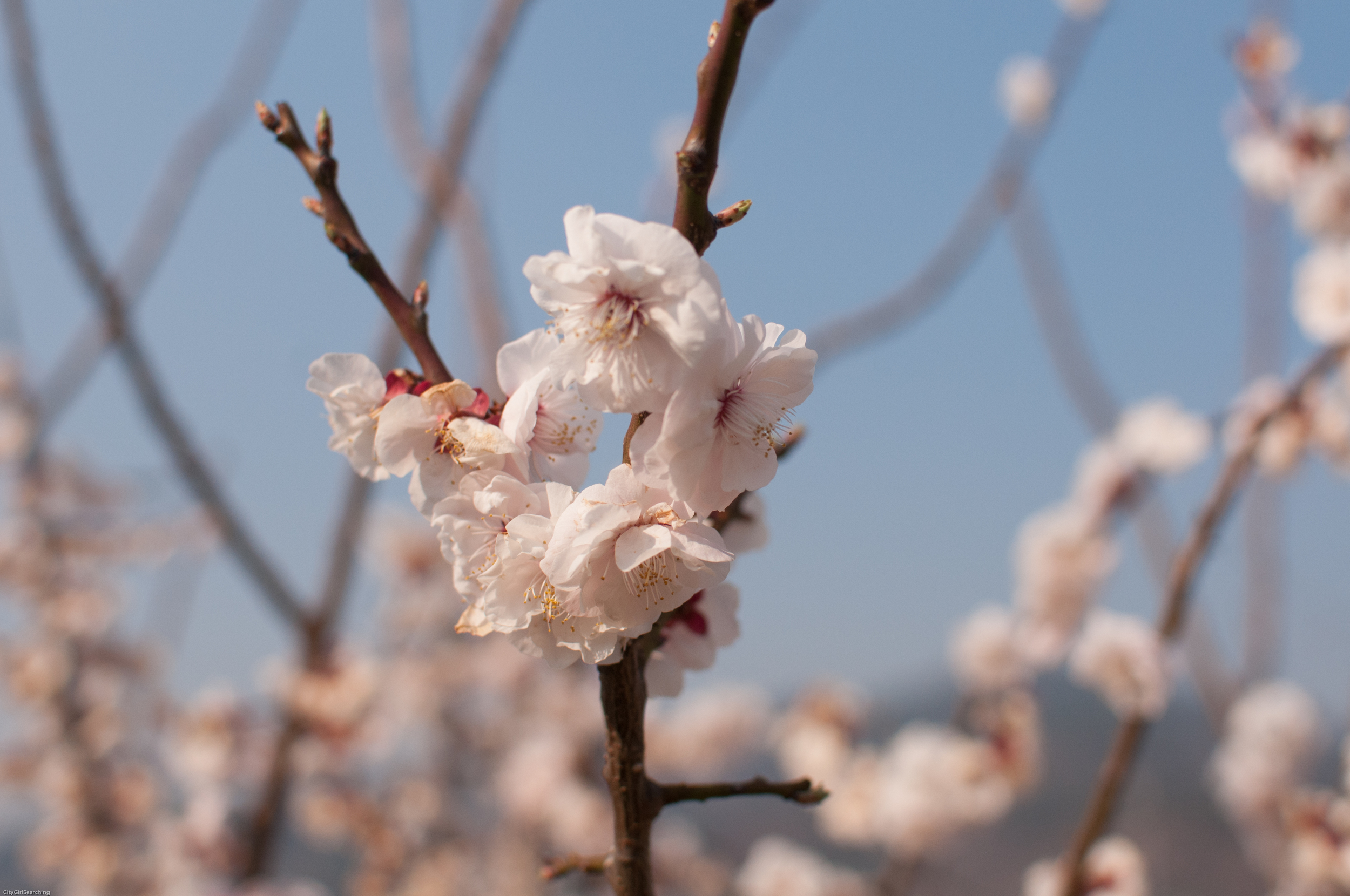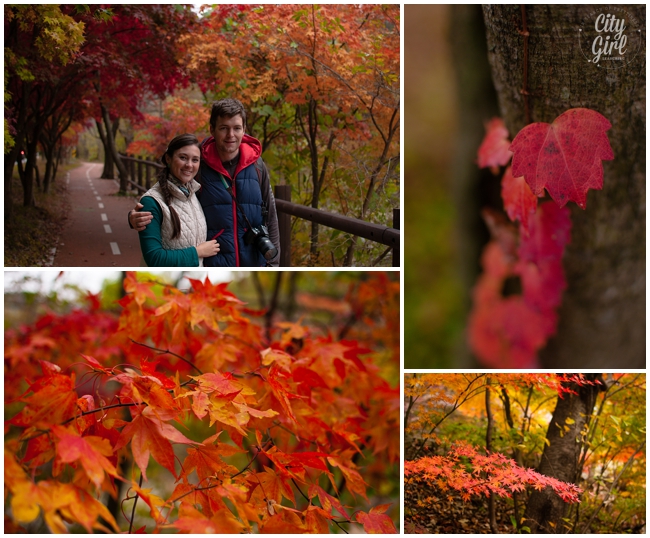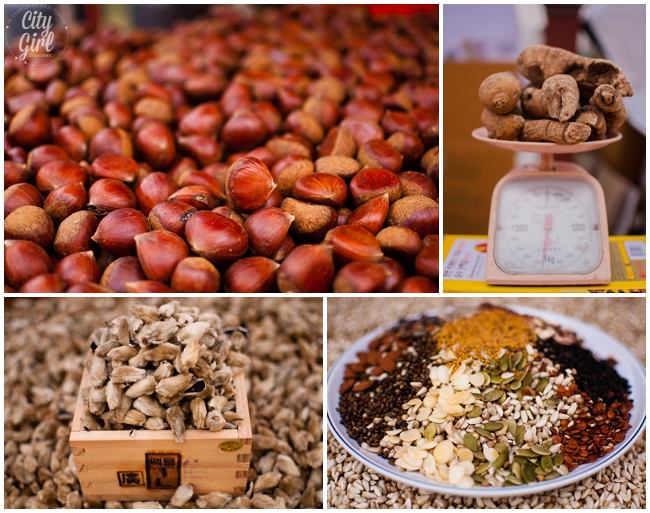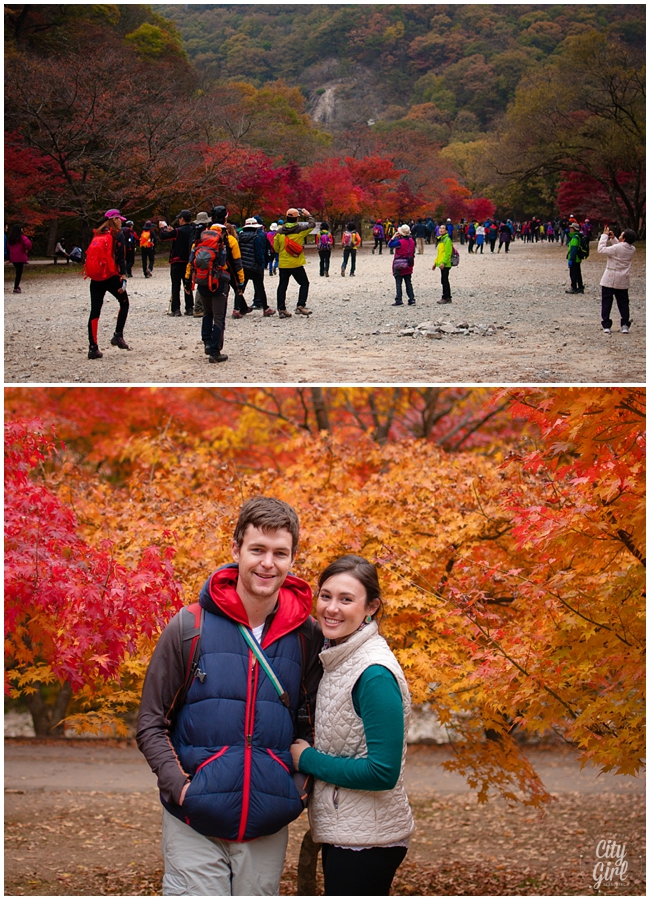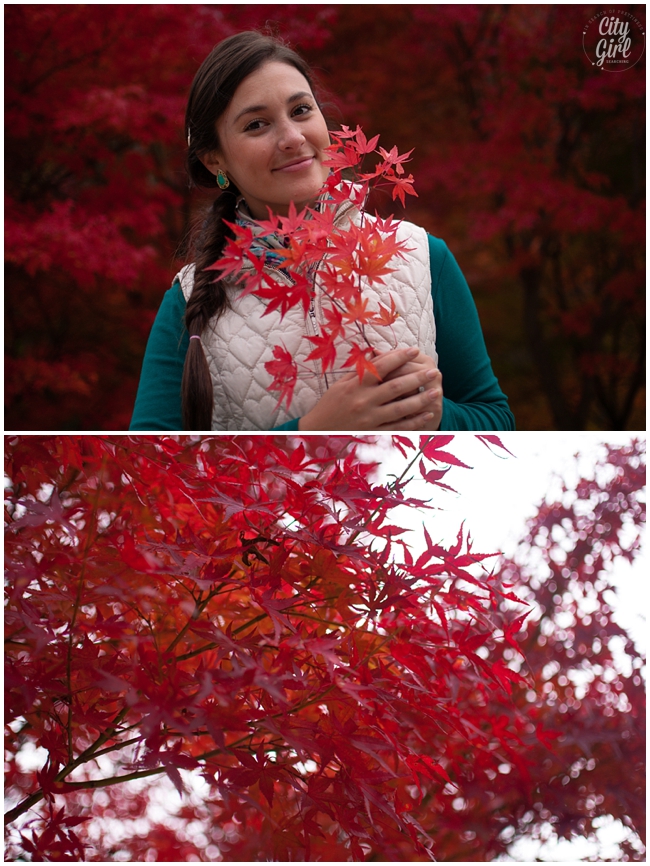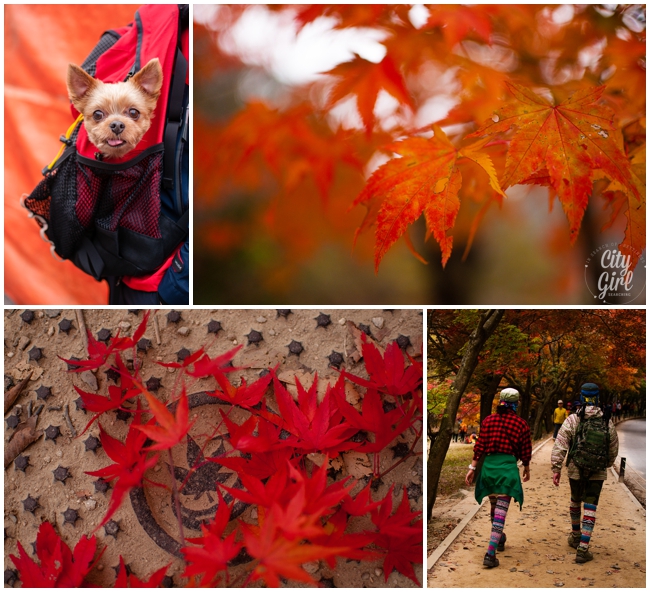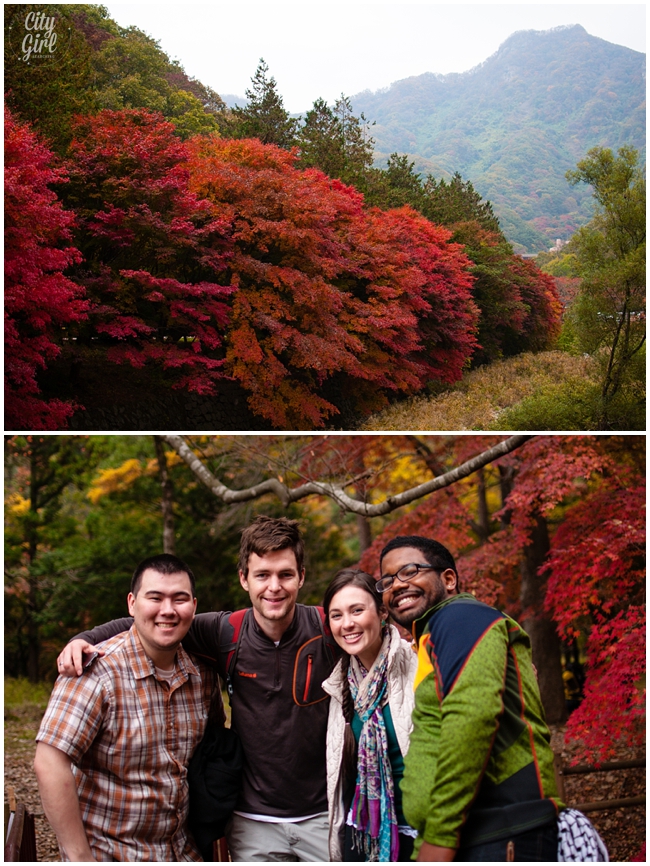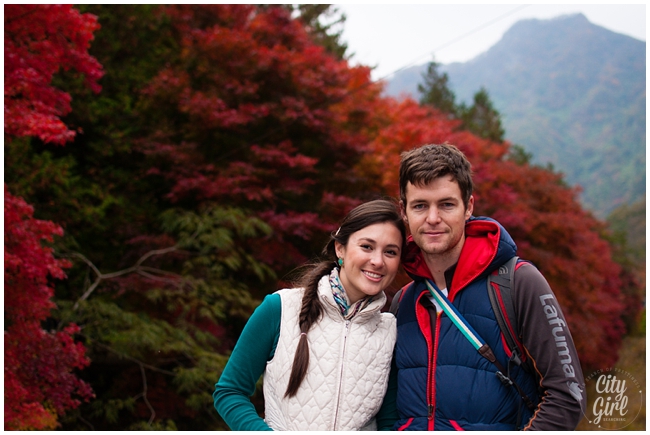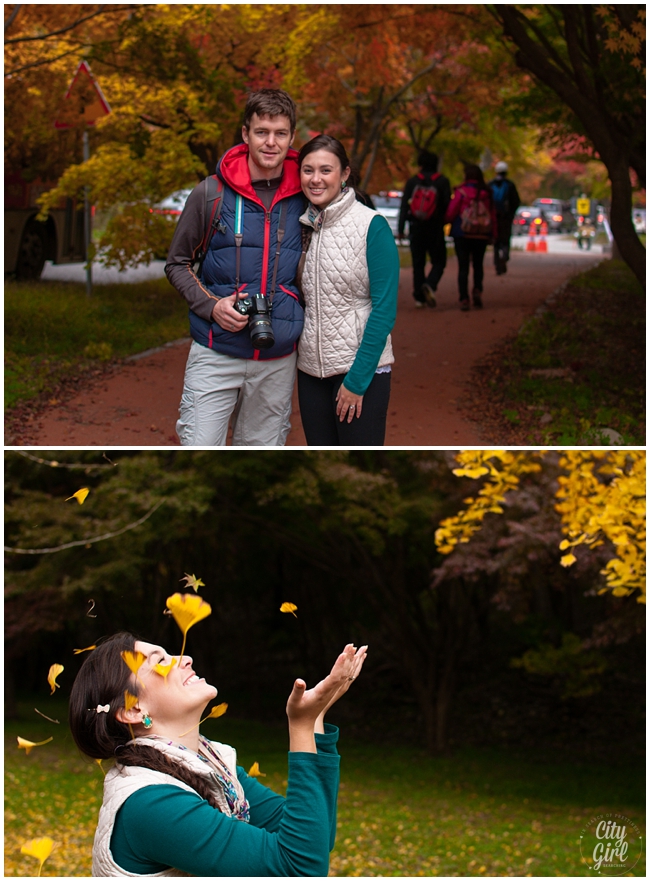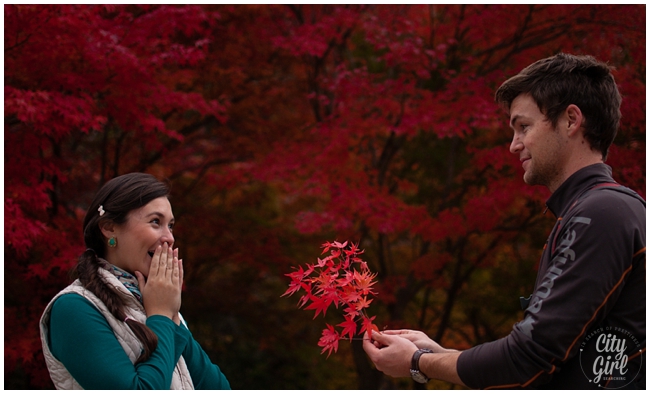Jinju Lantern Festival
/The Jinju Lantern Festival kicked off this past weekend (October 3rd) and goes on until next weekend (October 11th). Next Friday is also a public holiday (it's Hangul Day!) making it a long weekend for everyone here in Korea. Here are photographs from the festival last year. We drove there from our town (Buan) and had underestimated the traffic that comes with festivals here in Korea. Sometimes, especially when it comes to festivals here in Korea, it can end up being easier to just take a bus instead of driving. We had no choice but to drive as we had just rescued Shadow and had planned on camping for the night, therefore needing lots of space for all our camping gear.
We had already planned to go to the festival before we found Shadow, and so our poor little pup had to just put up with the fireworks and hustle and bustle of people. There were so many people at the festival, but it was still a good experience. We ended up caping on a spot of green that we could see on our iPhone map, which turned out to be the plush, very well cared for, front lawn of a Public Library! We woke up as soon as we heard the first library visitors and packed up as fast as we could, and hurried on down to the water front to have breakfast.
You can 'technically camp' anywhere in Korea (we have camped on abandoned tennis courts, closed roads, river streams, near train lines and in a golf course parking lot!) as long as you clean up after yourself. I wouldn't say it's actually legal to camp on library laws or golf courses where we have camped, but we usually leave before anyone can find us, and make sure to leave the place spotless so no one would know we were even there. Click here to see more posts on camping in Korea.
Address:
The festival is all along the Namgang River:
626, Namgang-ro, Jinju-si, Gyeongsangnam-do
경상남도 진주시 남강로 626 (본성동)
By bus: Take an intercity bus to Jinju Intercity Bus Terminal.
Exit the terminal towards the river.
Turn right, and walk for 5min to arrive at the festival site.



